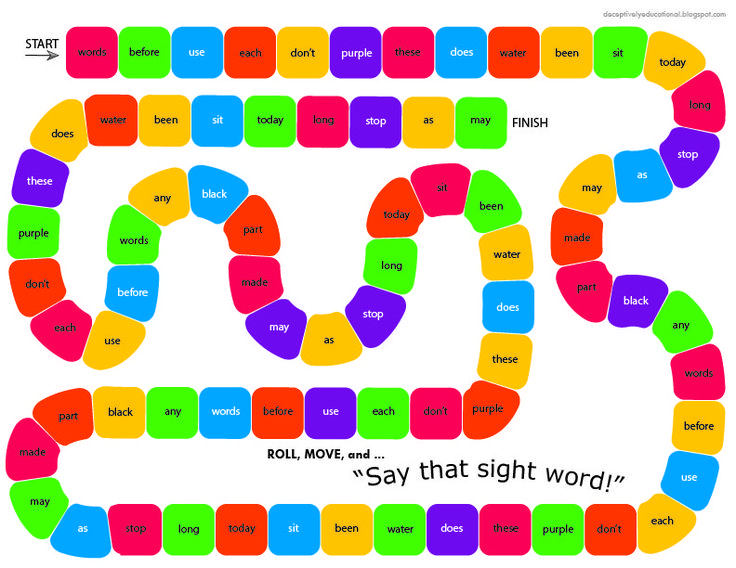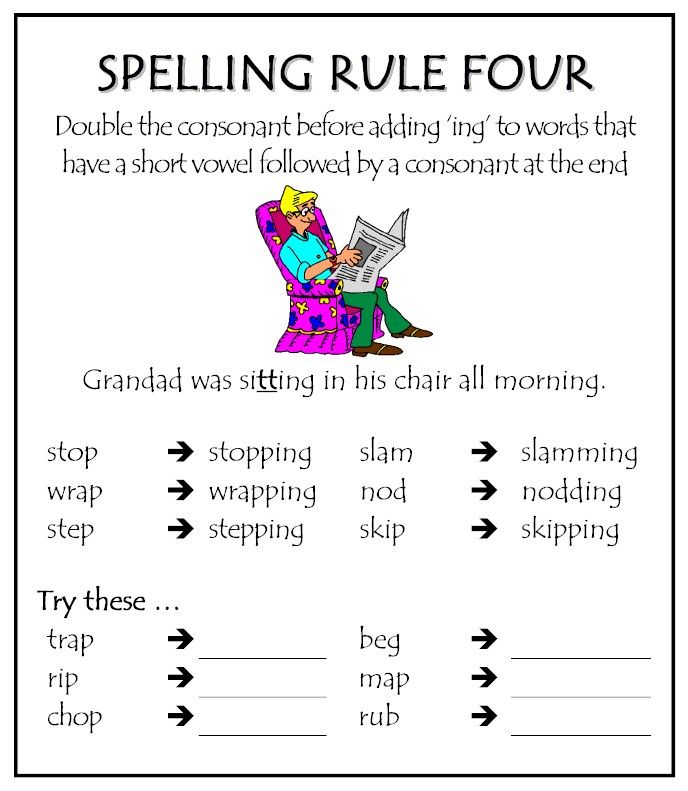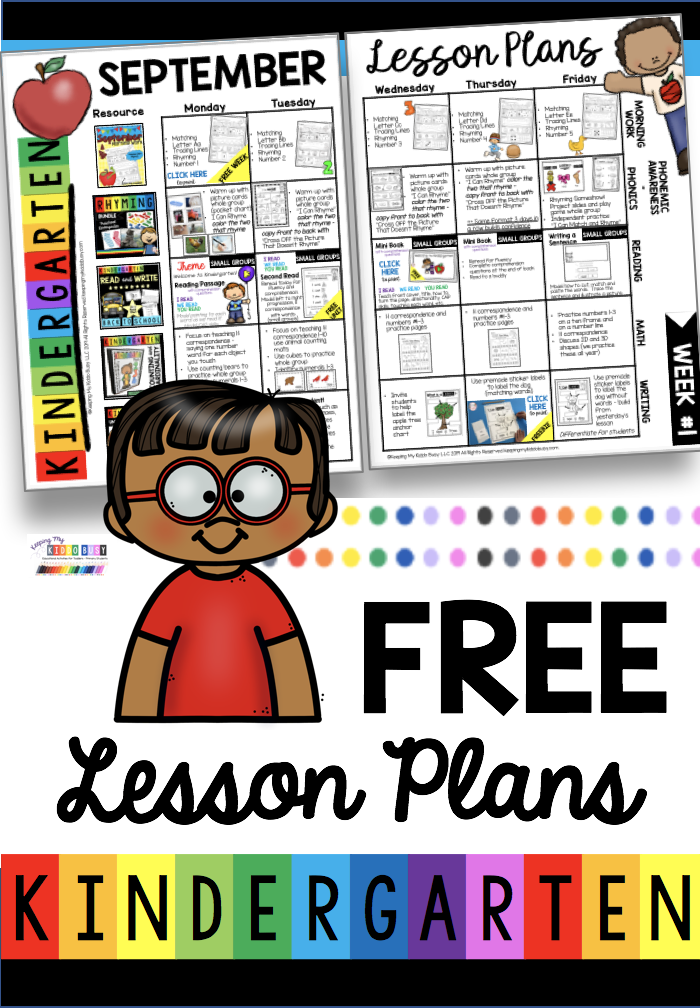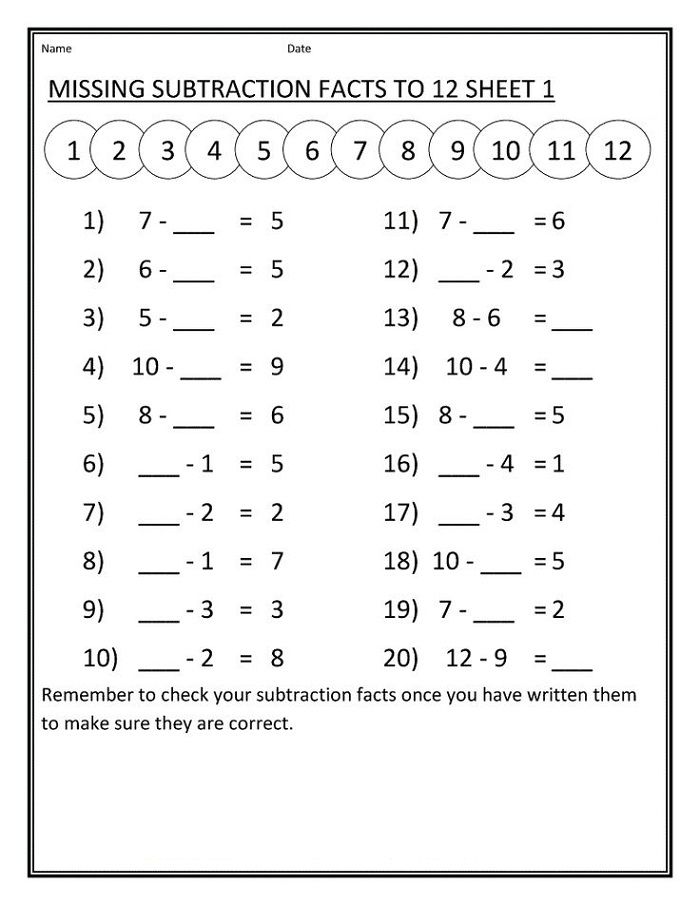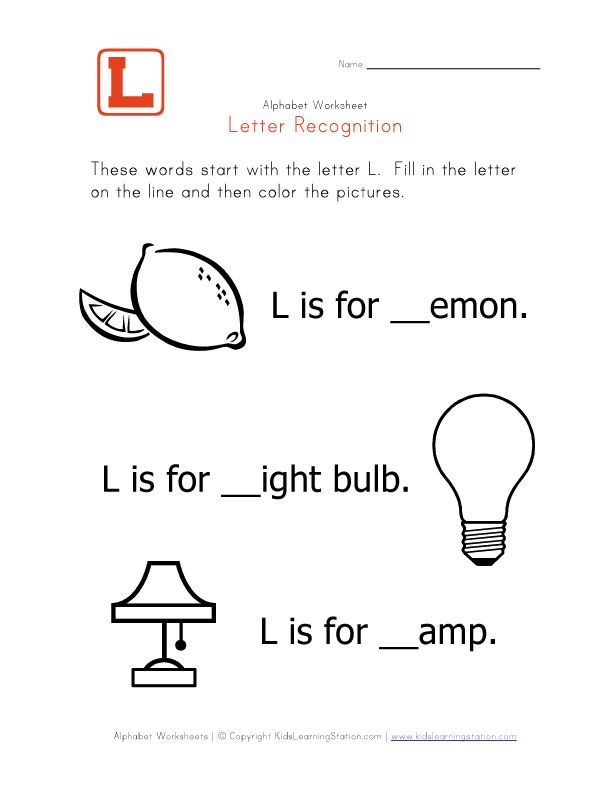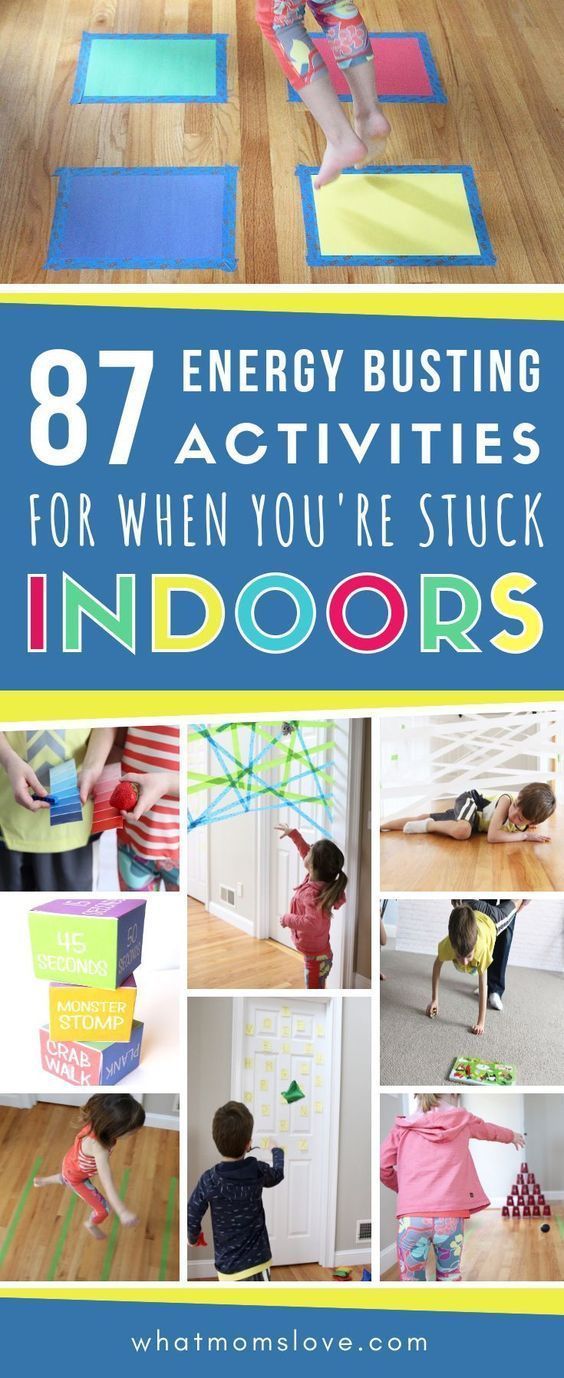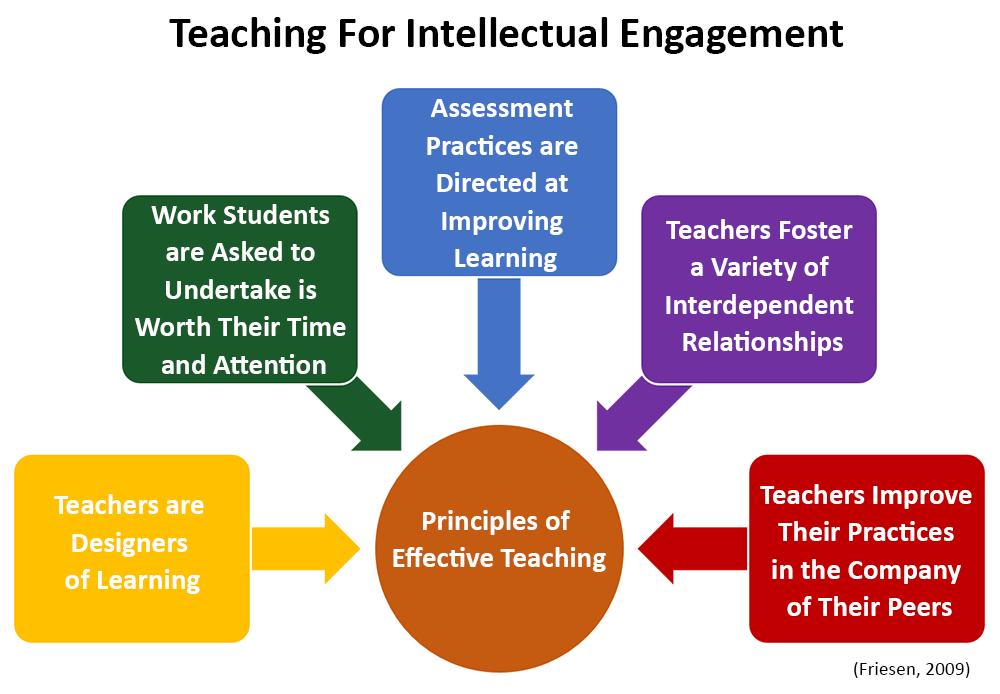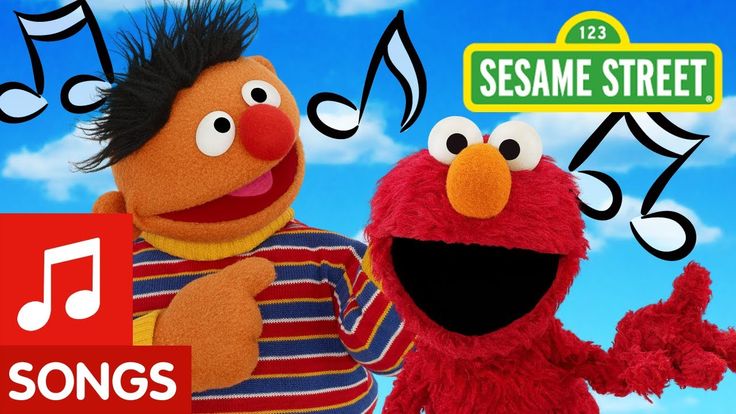Word games for kindergarteners
20 Best Word Games for Kids Recommended by Teachers
English word games are a fun way to get kids to learn new vocabulary skills, sharpen their existing reading skills, and develop their writing skills all in one go. There are tons of fun games to help foster a love for language at a young age and teach them valuable literacy skills along the way.
Here is a look at 20 cool games that put a new twist on classic word games or introduce you to some new approaches to learning vocabulary skills.
1. Popsicle Words
This word game for kids is easy to set up. Simply write words across the 2 popsicle sticks of the same color and let kids match up the two halves of the sticks. Use colored sticks for young readers or one color to make it a bit more difficult.
Learn more: Good and Beautiful
2. DIY Wordle
Wordle is the online word game that has taken the internet by storm. Create custom wordles for kids using words they know or might be learning at school. This DIY version is quick and easy to use and a favorite educational game among learners.
Learn more: Wordle
3. Stop the Bus
This is a classic classroom game that can also be played at home with just a piece of paper. Kids get assigned a letter and must produce one word in each category starting with that letter. It is a game of speed so their language skills are truly out to the test and truly the easiest paper game to set up.
Learn more: ISL Collective
4. Online Hangman
Hangman is one of the best classic word games out there but this fun online version puts a new spin on it. The man is floating above a hungry monster and each incorrect guess pops one of his balloons, bringing him closer to his doom. Don't miss the chance to play this fun new version of one of the most popular word games of all time.
Learn more: Cool Math Games
5. Bananagrams
Bananagrams is a must-play word game for kids of all ages. It uses Scrabble-like letter tiles and players grab tiles and form words. Adding the element of time really puts their spelling skills and concentration skills to the test.
Learn more: Triple S Games
6. Make a Wordsearch
Create a custom word search for kids using words from their in-class theme or that link to a theme at home. You can even throw some silly words in the mix to make it more difficult or add their names for a fun surprise. This classic paper-based puzzle game remains a firm favorite word game.
Learn more: Discovery Education
7. Storytelling Game
Storytelling games are a great way for kids to use their spoken word skills.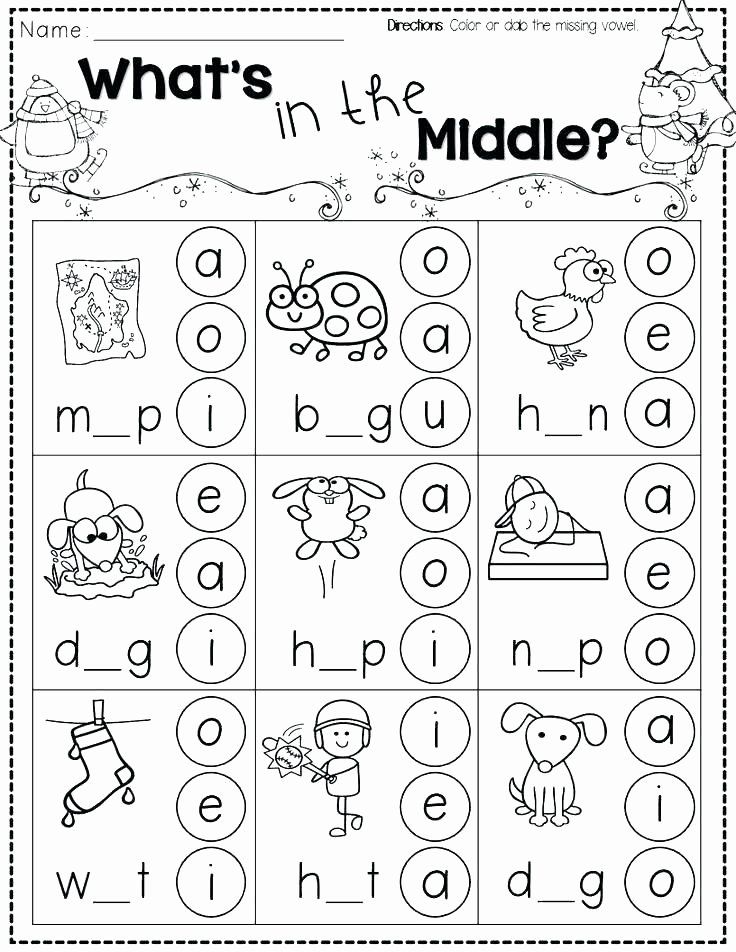 A spinner or story dice will give prompts for the story and dictate which direction it must go in. Kids can only use one word or one sentence at a time in this conversational game, forcing them to think quickly and creatively.
A spinner or story dice will give prompts for the story and dictate which direction it must go in. Kids can only use one word or one sentence at a time in this conversational game, forcing them to think quickly and creatively.
Learn more: The Colorful Apple
8. Wordicle
This should be a new addition to family game night as Wordicle combines a card game and a dice game to form the ultimate educational board game. Players roll the dice for random letters and use the letters on the cards in their hands to make the highest scoring word possible.
Learn more: UI School Supply
9. Toss the Balloon
To start this sight word game, write a collection of words on a balloon.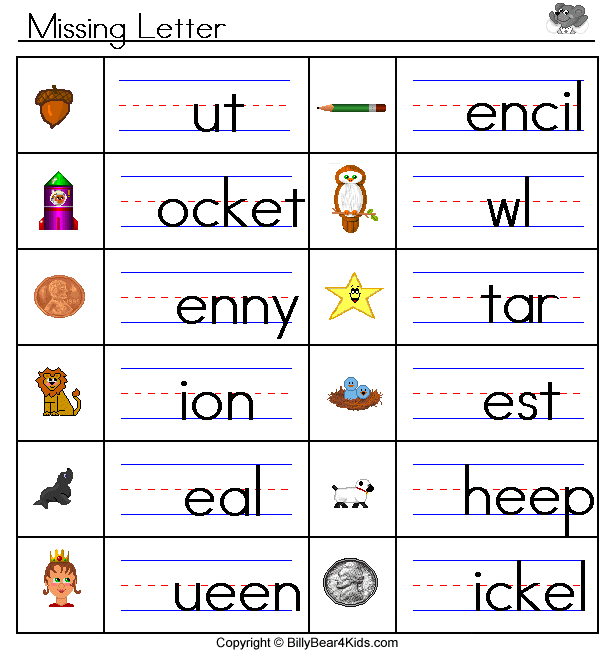 Toss the balloon in the air and let your child catch it. Whichever word is facing upwards should be read out loud and used in a sentence. Prompt kids who can write to write the words on the balloon themselves. This fun vocabulary game will have kids jumping for joy as they try to catch the balloon.
Toss the balloon in the air and let your child catch it. Whichever word is facing upwards should be read out loud and used in a sentence. Prompt kids who can write to write the words on the balloon themselves. This fun vocabulary game will have kids jumping for joy as they try to catch the balloon.
Learn more: Gift of Curiosity
10. Word Connect
Word Connect is a fun spelling game that kids can play online. Simply connect the letters in the circle to create words using the same letters. Each level adds one more letter to the circle increasing the game difficulty. This game for kids helps build kids' vocabulary as they discover new arrangements for the same letters.
Learn more: Mindgames
11. The Minister's Cat
This classic game was a popular parlor game but can still be played to teach kids all about adjectives. Each player recites the phrase "The minister's cat is a ..." and adds an adjective to describe the cat, moving along the alphabet.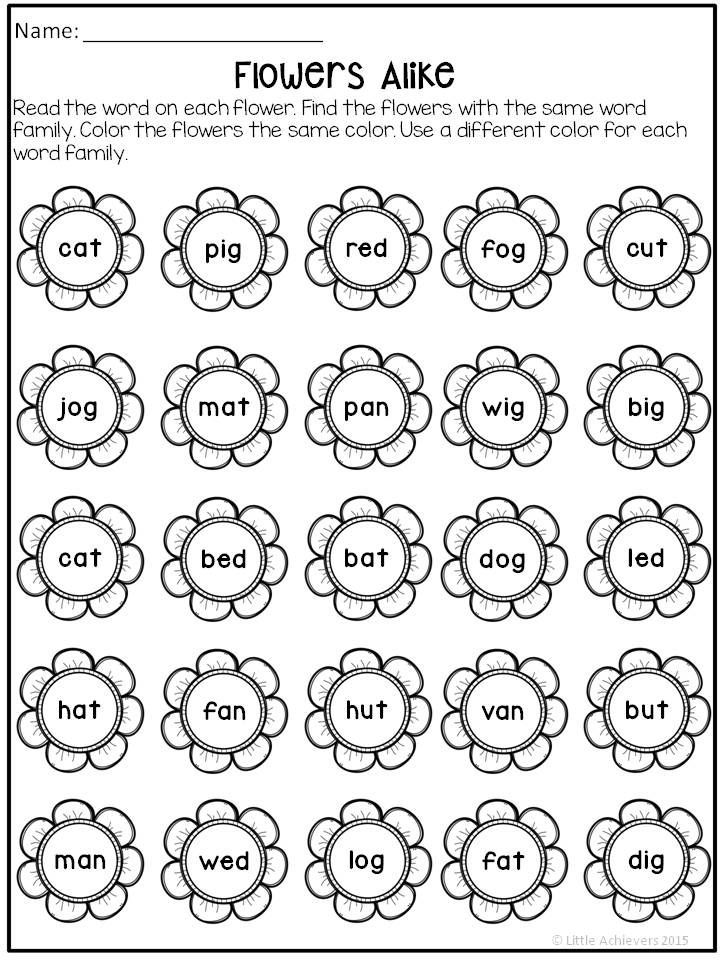 An adorable cat, a bouncy cat, a cool cat, and so on. This is a great way to work on listening skills and memory skills as they cannot repeat words and hone alphabet skills as they should determine which letter to use next.
An adorable cat, a bouncy cat, a cool cat, and so on. This is a great way to work on listening skills and memory skills as they cannot repeat words and hone alphabet skills as they should determine which letter to use next.
Learn more: Wild Billy
12. Hink Pinks
This fun word game for children is all about rhyming. One player must think of a rhyming phrase like "flat hat" or "wet pet". They should then use another phrase to describe it like "smashed fedora" or "soaked dog". It is up to other players to guess the rhyming 2 words.
Learn more: Hub Pages
13. Boggle
Boggle is a fun and educational game that has unlimited replayability. This handy online version allows you to play this challenging word game without buying the board game and is always handy on a mobile device.
Learn more: Wordshake
14. Blurt
Blurt is a fun new board game, perfect for players who always feel the need to blurt out an answer. One player reads out a description from a card and other players need to blurt out the word in question. Correct guesses will move you forward on the game board.
Learn more: The Dice Tower
15. Codenames
When it comes to word-based board games, few are as popular and well-known as Codenames. Players must call out a word that connects to one or more of the words on the playing cards. Their team must guess the word without accidentally guessing words assigned to the opposing team. This fun online version is free and lets kids play on their own too.
Learn more: Codenames
16. Sight Word Candyland
If you already own the Candyland board game, this adaptation is the perfect simple word game for your kids.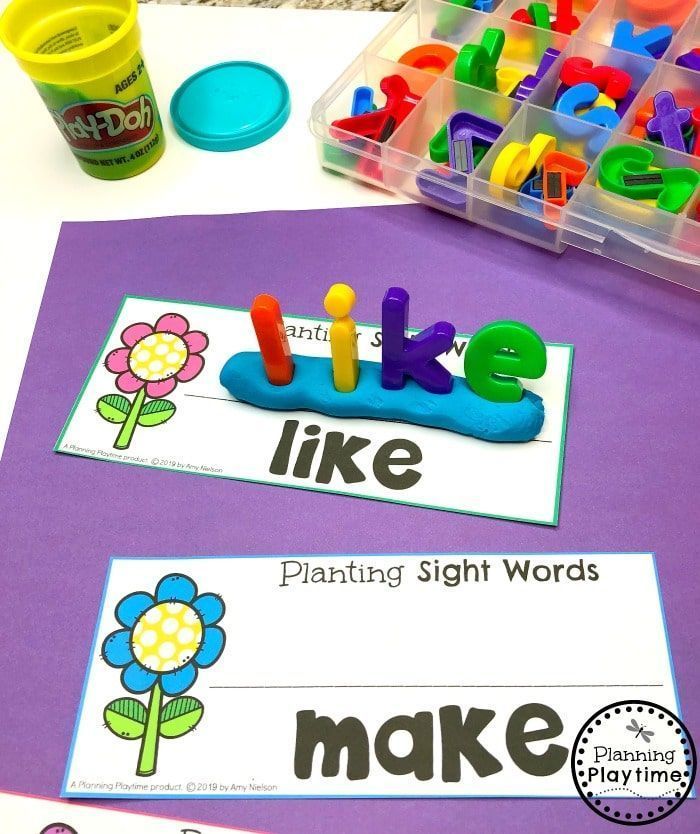 This game works on literacy skills and minimizes screen time simultaneously and all you need to do is print out these free game printables. There are also cards for different grade levels so kids of many ages can play together, making it the perfect game for family time.
This game works on literacy skills and minimizes screen time simultaneously and all you need to do is print out these free game printables. There are also cards for different grade levels so kids of many ages can play together, making it the perfect game for family time.
Learn more at 123 Homeschool 4 Me
17. Sight Word Splat
A couple of fly swatters quickly turn a normal sight word game into a very competitive word game. Write words on papers, laminated cards, or sticky notes, and let kids slap them with their fly swatters as you call them out. It is guaranteed to be a lively game as kids rush to show off their fundamental reading skills.
Learn more: You Clever Monkey
18. Silly Sentence Jenga
Write parts of a sentence on some Jenga blocks and let kids build sentences as they pull the pieces out in a hilarious game of Jenga. This printable word list will give you a good foundation for the game or you can replace them with your own words according to a theme or what your children like to learn about.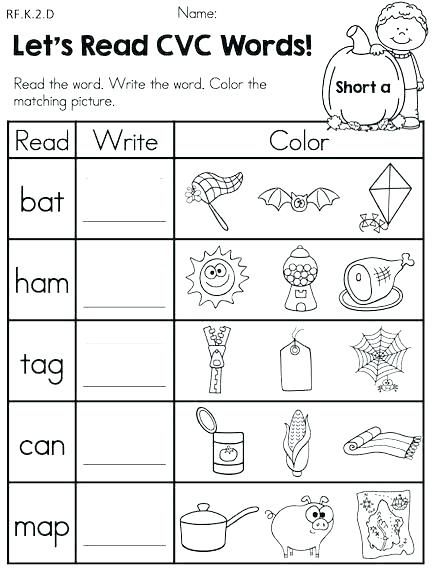
Learn more: Childhood 101
19. Secret Words
This vocabulary game for kids is great for language development. Print out cards that spell out a word using simple pictures to spell out a word. An apple would represent an "a" and a ball will represent a "b" for example. Kids can use magnetic letters, letter blocks, or scrabble tiles to decipher the secret words.
Learn more: Fun Learning For Kids
20. Word Hunt
Even the most reluctant learner will love going on a word treasure hunt. Put some sticky notes all over the house with words printed on them. Give kids a square grid with the matching words written in each block. Kids must find the sticky notes and complete their grid to win the game.
Learn more: Walking By The Way
Word Games to Play With Kids
Word games are great because they help children focus on sounds and letters, and develop skills they need for reading, writing, and spelling.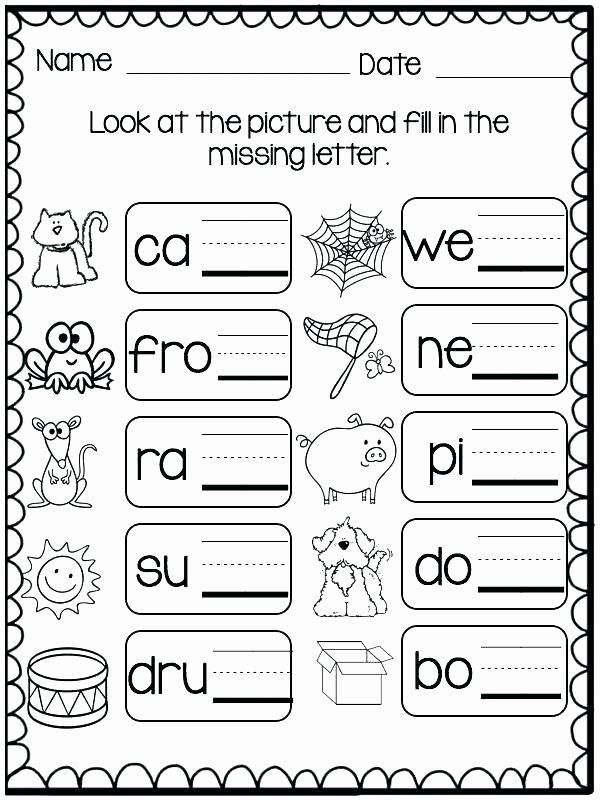 By playing word games with our kids, we give them the benefit of our company, as well as demonstrating to them that playing with words is lots of fun. There are also word games that have become board games and toys, but the ones you'll find below need minimal equipment.
By playing word games with our kids, we give them the benefit of our company, as well as demonstrating to them that playing with words is lots of fun. There are also word games that have become board games and toys, but the ones you'll find below need minimal equipment.
Guess the animal: Give children a rhyming word and have them guess the animal. "I rhyme with mat. I am a …"
I spy: This is a simple word game most people know. Spot something nearby and tell kids the sound or letter it begins with. Children must look around and try to guess what it is you "spied."
MORE: Shop 'I Spy' Books in Our Store
Make a word: If you have plastic letters, magnet letters, or letter blocks, you can play this as soon as your child is old enough to spell. Play it mentally with older kids, or with paper and pencil. Simply give your children some letters and challenge them to make words from those letters. Great beginning for board games like Scrabble.
Categories: This is a game I loved as a child.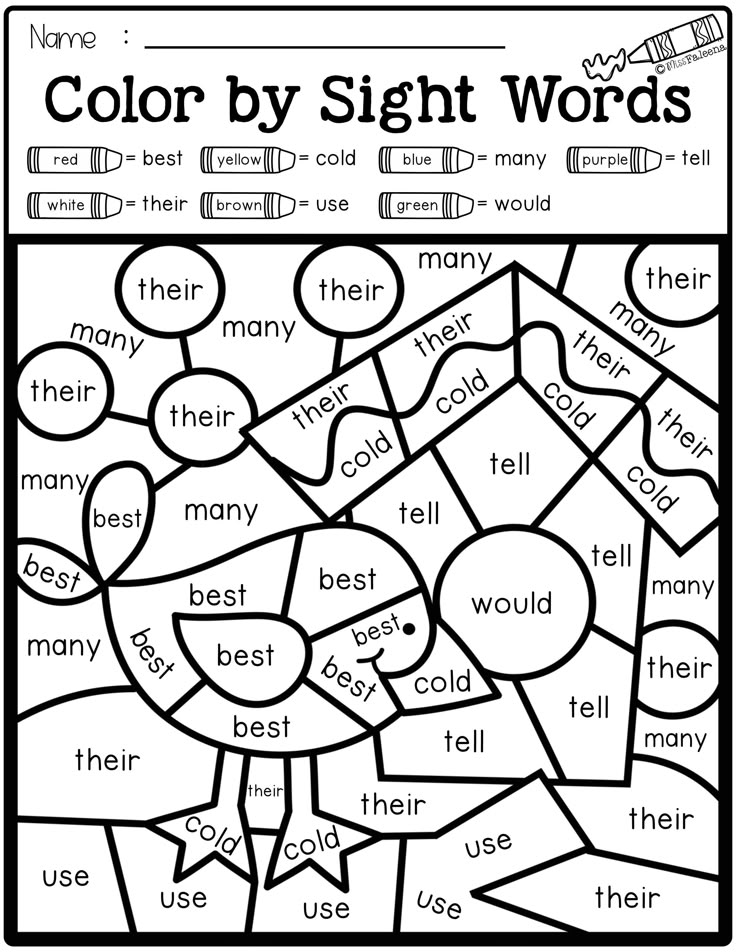 Do you remember it? Simply draw a grid on a piece of paper. Then write some categories (for instance "plants," "girls' names," "cars," "grocery items") down one side of the grid and write alphabet letters across the top. It needn't be the whole alphabet. The aim is to try to think up a word for each letter and category.
Do you remember it? Simply draw a grid on a piece of paper. Then write some categories (for instance "plants," "girls' names," "cars," "grocery items") down one side of the grid and write alphabet letters across the top. It needn't be the whole alphabet. The aim is to try to think up a word for each letter and category.
Hink Pink: Kids adore this game! One person thinks of two-single syllable rhyming words, like fat cat. She works out a clue that should lead (eventually!) to the answer "fat cat." One clue could be "an obese mouse-catcher" or "a pet that eats too much," depending on the age of the guesser. The guesser tries to work out what the two rhyming words are. The game can be extended to Hinky Pinky (two syllable rhyming words), like happy chappy = "joyful fellow." Or Hinketty Pinketty (three syllable rhyming words, much harder), like mellower bellower = "less angry bull." Mix and match with Hinky Pinketty or Hinketty Pink!
Here are some Hink Pinks you can use to get you and your child started.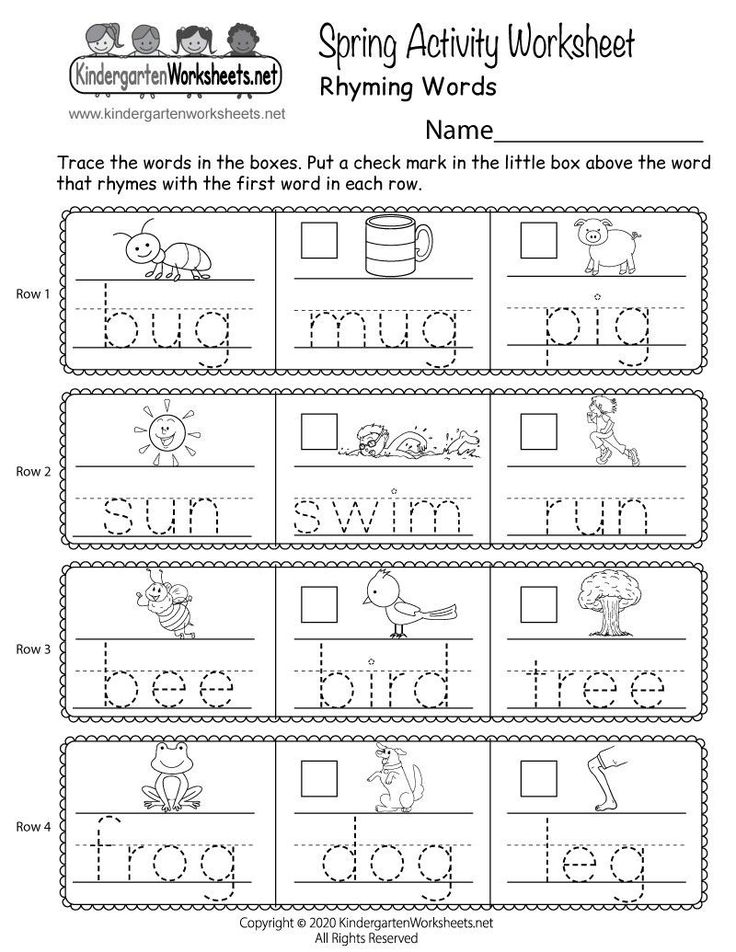
Clues 1. seafood platter 2. huge oinker 3. head cover that's been squashed by a truck 4. warmed up joint between two ropes 5. Rained-on puppy
Answers 1. fish dish 2. big pig 3. flat hat 4. hot knot 5. wet pet
If your child has trouble working out how many syllables are in a word, play a game where you tap the syllables on her arm as you slowly say the word: "butt(tap)-er (tap)-fly(tap)." Or march and dance the words, making strong body movements for each syllable. There is nothing more joyous than the sight and sound of 30 youngsters marching about, chanting the syllables in given words!
Once older kids are used to the game, it can provide a lead-in to crossword puzzles, and then cryptic crossword puzzles. All of these word games are great for developing thinking skills, as well as giving the whole family a way of celebrating the joy of language.
Word Game: I have no idea of the name of this game, but this is how we play it. One person, A, thinks of a five-letter word.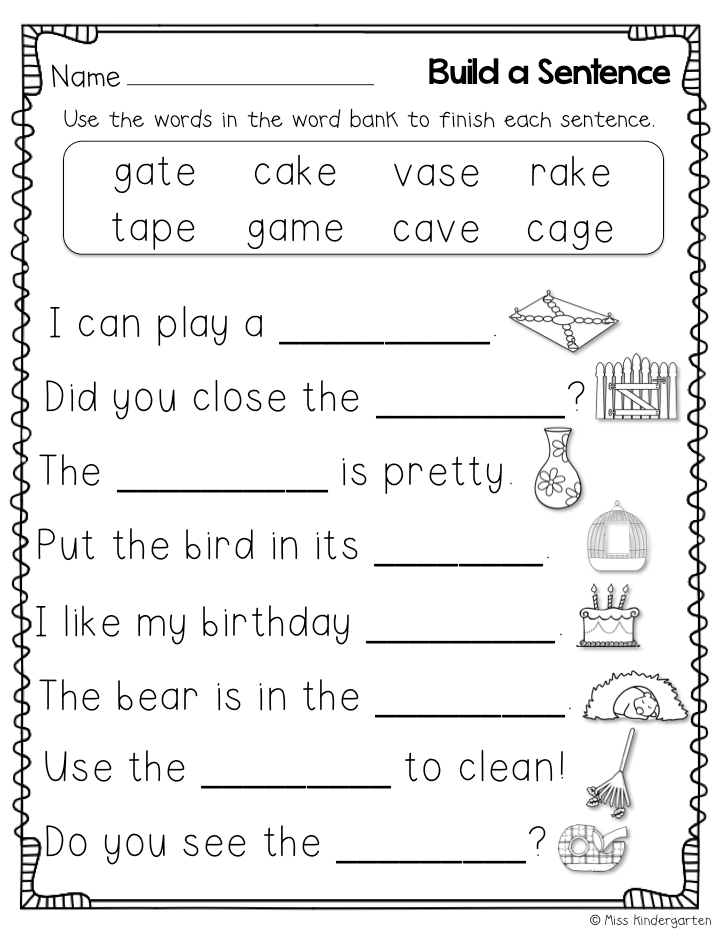 A tells B the first letter of the word. B makes guesses at the word and finds out if letters are correct and in the correct place, correct but in the wrong place, or not correct at all. B gets five chances to guess the word.
A tells B the first letter of the word. B makes guesses at the word and finds out if letters are correct and in the correct place, correct but in the wrong place, or not correct at all. B gets five chances to guess the word.
Here's an example:
A – My five-letter word starts with D.
B – Is it drive?
A - It's not drive. There are no correct letters.
B - Is it donut?
A – It's not donut. The N is correct and in the right place. The U is correct but in the wrong place.
B – Is it dunny?
A – It's not dunny. The U is correct and in the right place, the N is correct and in the right place.
B – Is it dunks?
A – Yes! That's it. The word is dunks.
This game is much easier if you use pencil and paper to keep a record. But doing it mentally is very good memory training! Our family tends to play for fun, but you can keep a running score if you want – the guesser gets 5 points for guessing the word first go, four for guessing on the second go, three for third, two for fourth, one for fifth, and none for missing the word in five guesses.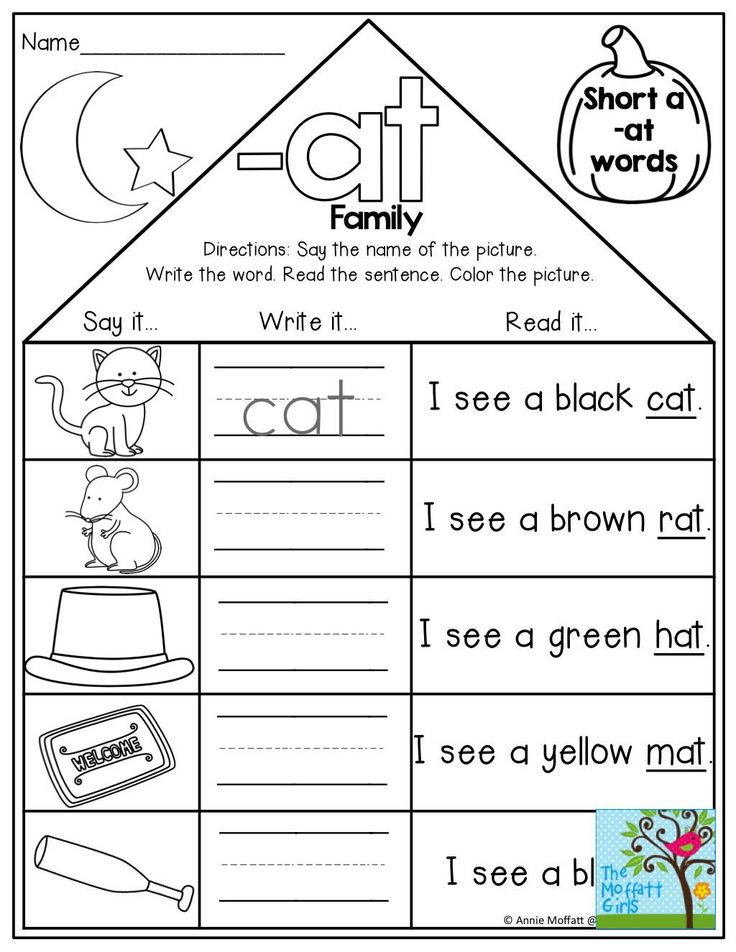 Try four-letter words with younger kids.
Try four-letter words with younger kids.
Word games and exercises for children in kindergarten, Card file of word games in kindergarten
Playing activities of a preschooler > Games for children round, what is oval?
Game progress: The teacher asks the child to name as many round and oval objects as possible. The child starts the game.
If he cannot name, the teacher starts: “I remembered that an apple is round and a testicle is oval. Now you go on. Remember what shape is a plum, and what is a gooseberry? That's right, the plum is oval, and the gooseberry is round. (Helps the child name objects and compare them in shape: ring-fish, hedgehog-ball, cherry-cherry leaf, watermelon-melon, acorn-raspberry, tomato-eggplant, sunflower-seed, zucchini-apple) .
In case of difficulty, the teacher shows the child a set of pictures and together they arrange them into two groups.
“Flies - does not fly”
Game progress: The teacher invites children to quickly name objects when he says the word “flies”, and then name other objects when he says the word “does not fly”.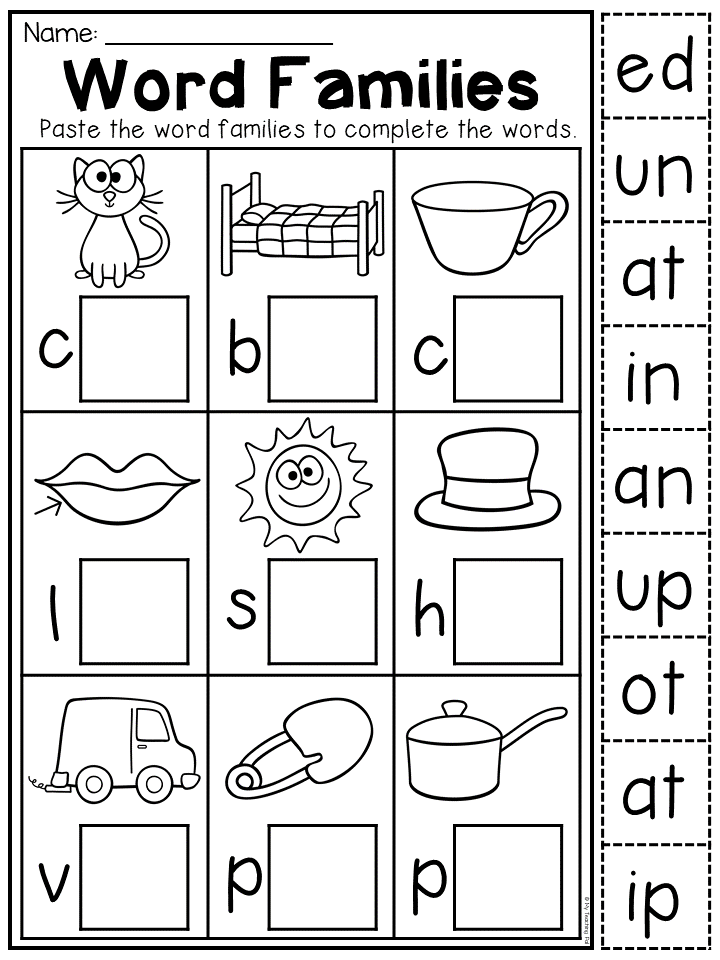
The teacher says: “Flies”.
Children call: “Crow, plane, butterfly, mosquito, fly, rocket, dove”, etc. Then the teacher says: “Does not fly”. Children call: “Bicycle, chamomile, cup, dog, pencil, kitten”, etc. The game continues: the words “flies”, “does not fly” are called by one of the children, and the teacher names the objects together with the children. The game can be played while walking.
"Edible - inedible"
The game is played by analogy with the previous one.
"Alive-non-living"
Game progress: First, we explain that we call all living objects "WHO", and inanimate objects "WHAT". Here are some examples.
Then we play questions and answers. You can use picture books.
What is growing? Who is growing?
Who flies? What flies?
Who swims? What is floating?
Who is the biggest? What is the biggest?
Etc.
“What happens below and what happens above?”
Game progress: The teacher invites the children to think and name something that happens only upstairs.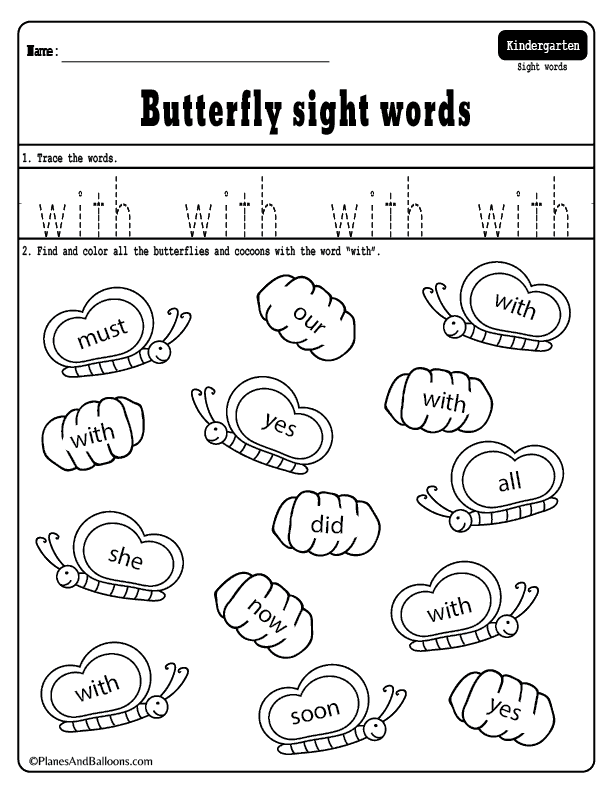
If the children find it difficult, he prompts: “Let's look up, above us is the sky. Does it happen below? No, it always happens only at the top. And what else happens only at the top? Where are the clouds? (stars, moon) . Now think about what happens only below? Look at the ground. Where does the grass grow? Where does she go?” (plants, ponds, earth, sand, stones, etc.) .
After that, the children independently enumerate the objects of nature that exist only above and those that exist only below.
"What can be sweet?"
Game progress:
The teacher offers the children: Listen carefully, I will name something that is sweet. And if I make a mistake, then I must be stopped, I must say: “Stop!”
The teacher says: "Sugar, marshmallows, raspberries, strawberries, lemons."
The children listen attentively and stop him on the word where he "wrong". Then the children themselves name what is sweet.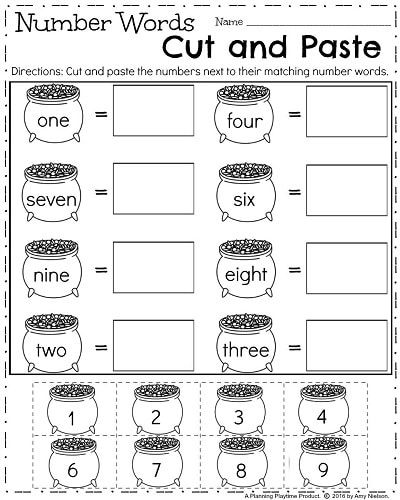
“Answer quickly”
Game progress: The teacher, holding the ball in his hands, becomes a circle with the children and explains the rules of the game: “Now I will name some color and throw it to one of you ball. The one who catches the ball must name an object of the same color. Then he himself calls any other color and throws the ball to the next one. He also catches the ball, names the object, then his color, etc.”
For example, “Green,” says teacher (makes a short pause, giving the children the opportunity to remember green objects) and throws the ball to Vitya.
"Grass", - Vitya answers and, having said: "Yellow", throws the ball to the next one.
The same color can be repeated several times, as there are many objects of the same color.
The main feature for classification can be not only the color, but also the quality of the object.
The beginner says, for example: "Wooden", and throws the ball.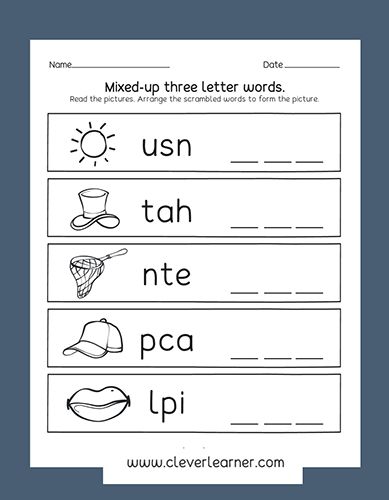
“Table,” answers the child who caught the ball and offers his word: “Stone”.
"Home" - the next player answers and says: "Iron", etc.
The next time the form is taken as the main feature. The teacher says the word "round" and throws the ball to any player.
"Sun" - he answers and calls another shape, for example "square", throwing the ball to the next player.
Thoth names a square object (window, handkerchief, book) and suggests some form. The same shape can be repeated several times, since many objects have the same shape. When repeating, the game can be made more difficult by offering to name not one, but two or more objects.
“How are they similar?”
Game progress: The teacher invites the children to look around and find two objects that are somewhat similar to each other.
He says: “I will call: the sun-chicken. How do you think they are similar to each other? Yes, that's right, they are similar in color to each other.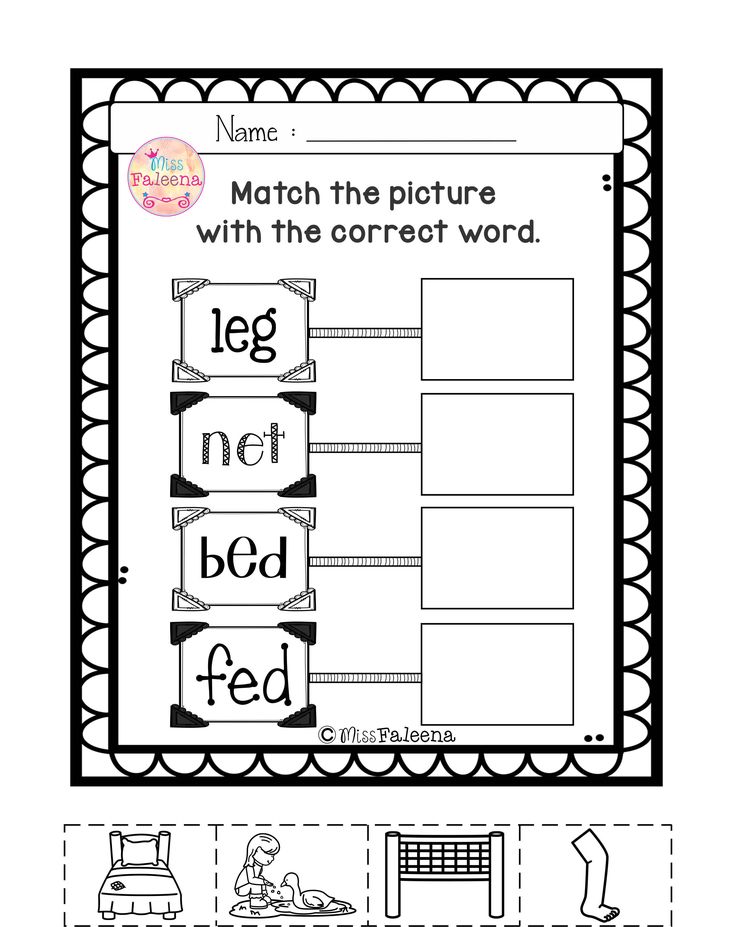 And here are two more items: a glass and a window. How are they similar to each other? And now each of you will name your two similar objects.
And here are two more items: a glass and a window. How are they similar to each other? And now each of you will name your two similar objects.
Games to eliminate the fourth "extra" word
“Be careful!”
Game progress: The teacher says to the children: I will name four words, one word does not fit here. You must listen carefully and name the "extra" word. For example: matryoshka, tumbler, cup, doll; table, sofa, flower, chair; chamomile, hare, dandelion, cornflower; horse, bus, tram, trolleybus; wolf, crow, dog, fox; sparrow, crow, dove, chicken; apple, tree, carrot, cucumber.
After each highlighted "extra" word, the teacher asks the child to explain why this word does not fit into this group of words, i.e., to explain the principle of grouping.
“Listen carefully!”
Game progress: The teacher says to the child: “I will name the words, and you will say which word does not fit: cat, fox, horse, cow; tractor, car, rocket, bus; pear, turnip, beet, carrot; book, pencil case, ball, notebook; water, thermometer, medicine, cotton wool.
In case of difficulty, he slowly repeats a certain set of words and helps the child to highlight the unsuitable for some reason.
Find out!
Game progress: What berries do you know? Now I will name the words, if among them you hear the word for a berry, then clap your hands.
Presentation words - cabbage, strawberry, apple, pear, currant, raspberry, carrot, strawberry, potato, dill, blueberry, lingonberry, plum, cranberry, apricot, marrow, orange.
"Now I'm going to name the words, if you hear a word related to berries, clap once, if it's about fruits, clap twice."
(Words can be used the same, you can come up with others.)
As a basis for systematization, there can be a theme - tools, furniture, clothes, flowers, etc.
Tell me, what are the similarities in taste? color? size?
- lemon and pear
- raspberry and strawberry
- apple and plum
- currant and gooseberry
What is the difference in taste? color? size?
Divided into groups
Game progress: "What groups do you think these words can be divided into? Sasha, Kolya, Lena, Olya, Igor, Natasha.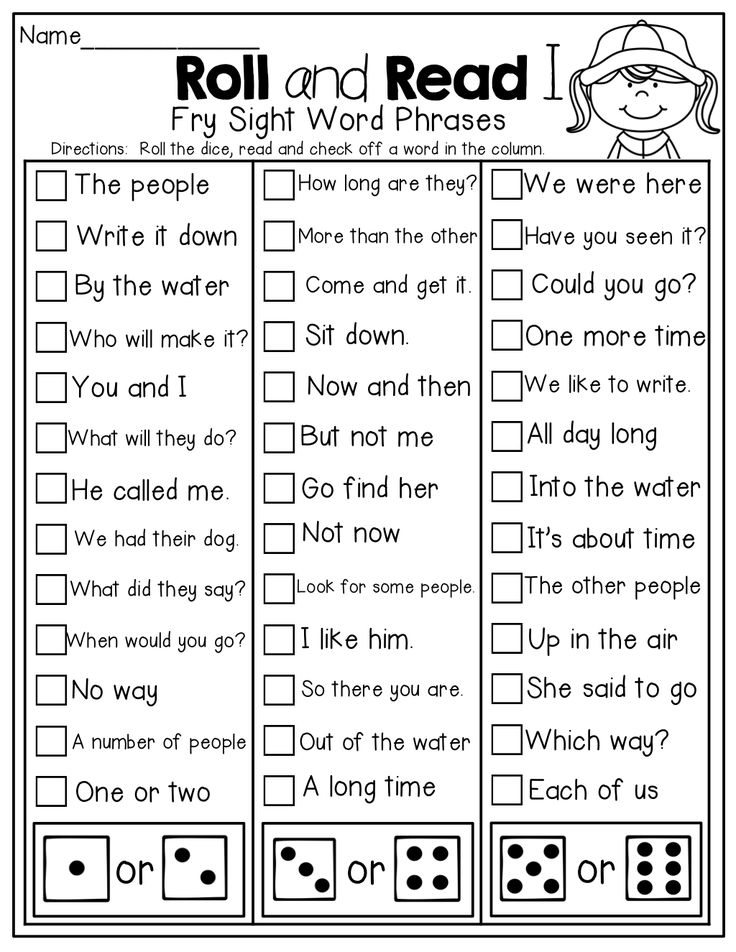
What groups can be made from these words: dove, sparrow, carp, titmouse , pike, bullfinch, zander".
“Pick up the words”
Game progress:
- Match as many words as possible that can be attributed to the wild animals group (pets, fish, flowers, weather phenomena, seasons, tools and etc.) .
- Another version of the same task.
Use arrows to connect words that match the meaning:
ball | furniture
poplar | flower
cabinet | insects
plate | wood
coat | clothing
ant | crockery
pike | toy
rose | fish
“Similarities and differences”
Game progress: Invite the child to indicate the similarities and differences of the following pairs of words:
Book - notebook | Day - night
Horse - cow | Tree - bush
Telephone - radio | Tomato - cucumber
Airplane - rocket | Table - chair
"Find the opposite object"
Game progress: Calling any object (for example, sugar) , you need to name as many others as possible that are opposite to this one.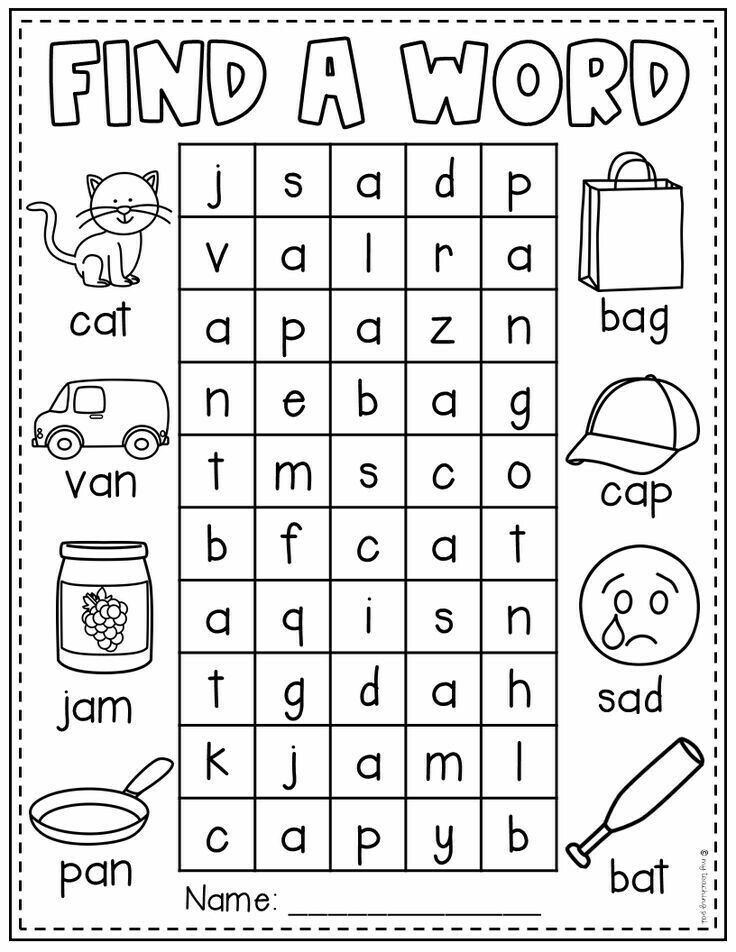 It is necessary to find opposite objects according to the function "edible - inedible", "useful - harmful", etc., on the basis of (size, shape, condition) , etc.
It is necessary to find opposite objects according to the function "edible - inedible", "useful - harmful", etc., on the basis of (size, shape, condition) , etc.
"Search for an analogy"
Game progress: A word is called, for example, a briefcase. It is necessary to come up with as many "analogues" as possible, i.e. other items similar to it in various essential features (bag, sack, backpack, etc.) Game progress: Invite the child to name a group of objects in one word. We call many specific objects with one word. For example, birch, pine, oak, etc. we call trees.
Invite the child to name in one word:
- a table, a chair, a cupboard are...
- a dog, a cat, a cow are...
- a cup, a saucer, a plate are...
- cornflower, chamomile, tulip - this.
"Find a common word"
Game progress: This task contains words that are united by a common meaning. It is necessary to try to convey this general meaning in one word.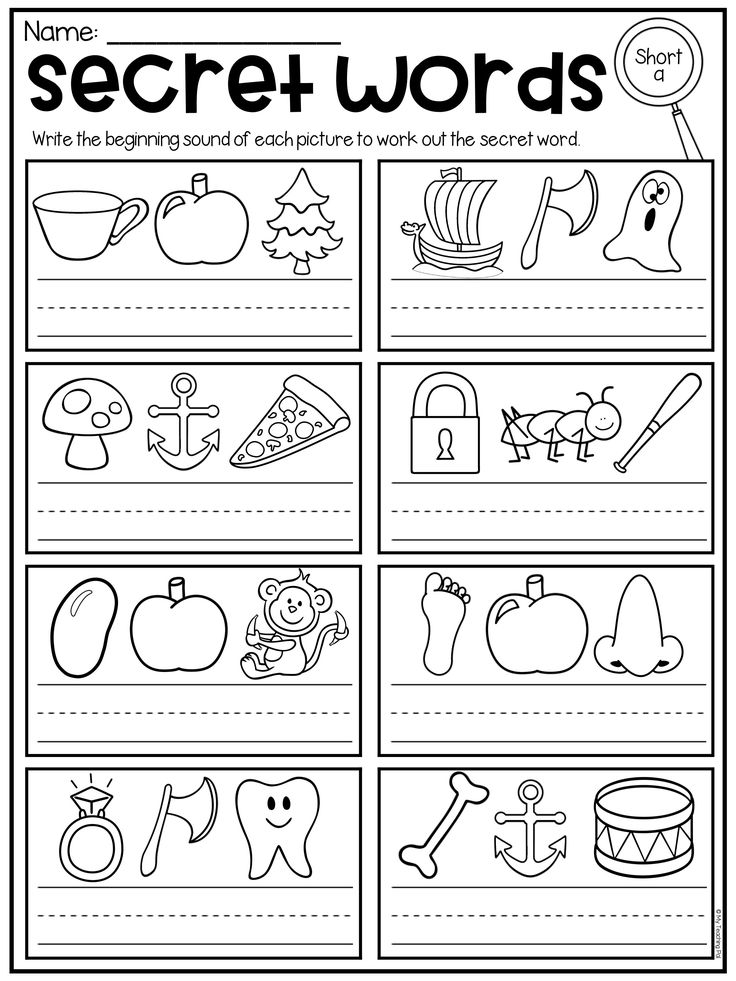
What is the common word for the following words:
- Faith, Hope, Love, Elena
- a, b, c, c, n
- table, sofa, armchair, chair
- Monday, Sunday, Wednesday, Thursday
- January, March, July, September.
The generalizing word can be "spring months", or it can be "months of the year", etc.
A more complex version of the exercise contains only two words for which it is necessary to find a common concept.
Find out what the following words have in common:
a) bread and butter (food)
b) nose and eyes (parts of the face, sensory organs)
c) apple and strawberries (fruits)
d) clock and thermometer 900 Devices)
D) Kit and Lev (animals)
E) Echo and mirror (reflection)
“Words-twin”
Course of the game: This exercise is associated with this a phenomenon of the Russian language, like homonymy, that is, when words have different meanings, but are the same in spelling.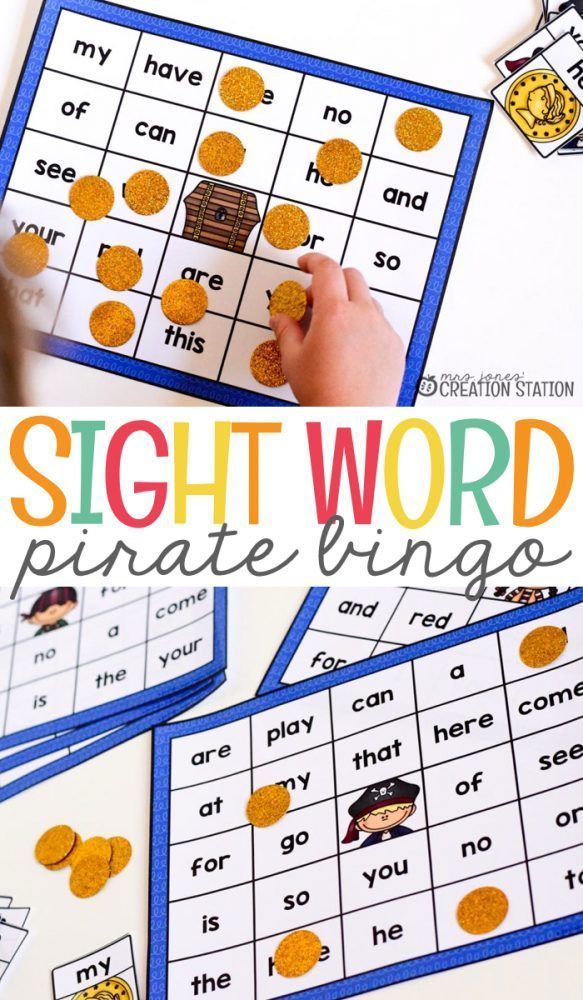
Which word means the same as the words:
1) a spring and something that opens the door;
2) the girl's hair and a grass cutter;
3) a branch of grapes and a drawing tool.
Think of words that are the same in sound but different in meaning.
Additional tasks for the exercise:
4) a crying vegetable and a weapon for shooting arrows (burning vegetable and small arms) ;
5) part of a gun and part of a tree;
6) things to paint on and greenery on the branches;
7) a construction site hoist and a mechanism that must be opened to allow water to flow.
"What is needed"
Game progress: The car runs on gasoline or other fuel; tram, trolleybus or electric train are powered by electricity. All this together can be attributed to the group "transport".
Seeing an unfamiliar car (e.g. truck crane) , they ask: what is it? Why?
Similar exercises are performed with other concepts: tools, utensils, plants, animals, furniture, etc.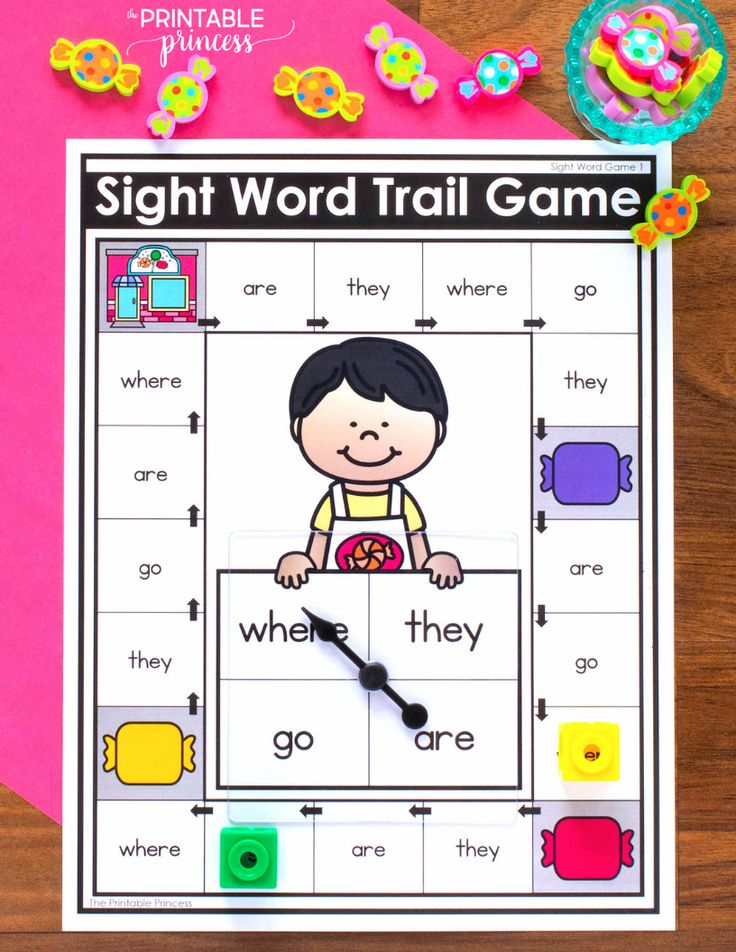
"Why?"
Game progress: Now I will tell you words, and you will answer me, which is more, which is less, which is longer, which is shorter.
- Pencil or pencil? Which one is shorter? Why?
- Cat or whale? Which one is more? Why?
- Boa constrictor or worm? Which one is longer? Why?
- Tail or ponytail? Which one is shorter? Why?"
The teacher can come up with his own questions, focusing on the above.
"Choose the main thing"
Game progress: An adult says to the children: Now I will read a series of words. From these words you will have to choose only two, denoting the main features of the main word, i.e., without which this object cannot exist.
Other words are also related to the main word, but they are not main.0003
For example, a garden... What do you think, which of these words are the main ones: plants, gardener, dog, fence, earth, i.e. something without which a garden cannot exist? Can there be a garden without plants? Why?.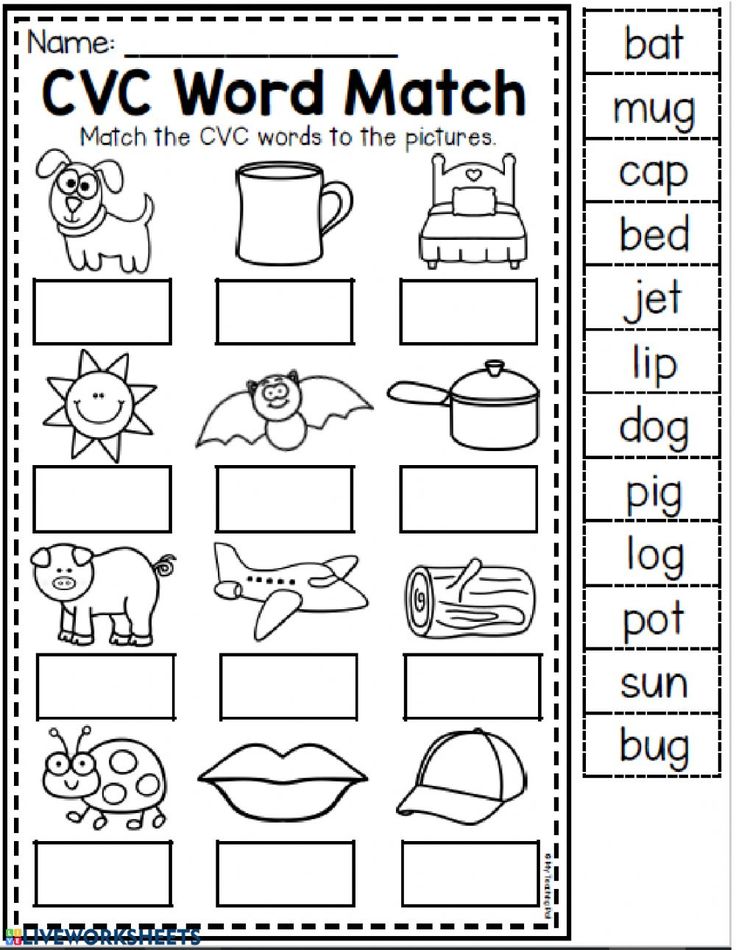 .. Without a gardener... a dog... a fence... land?.. Why?
.. Without a gardener... a dog... a fence... land?.. Why?
Each of the proposed words is analyzed in detail. The main thing is that children understand why this or that word is the main, essential feature of this concept.
Sample tasks:
a) Boots (laces, sole, heel, zipper, shaft)
b) River (shore, fish, angler, mud, water)
c) City (car, building, crowd, street, bicycle)
d) Barn (hayloft, horses, roof, livestock, walls)
e) Cube (corners, drawing, side, stone, wood)
f) Division (class, dividend, pencil, divider, paper)
g) Game (cards, players, fines, penalties, rules)
h) Reading (eyes, book, picture, seal, word)
and) War (plane, guns, battles, rifles, soldiers)
“Dunnet”
Two games: The host thinks of a word or tells the conditions of some completely unusual situation, and the players (children or adults) must guess the word or explain the situation by asking questions that can be answered with one of five answers: "yes"; "No"; "Yes and no"; "there is no information about it"; "it's not significant.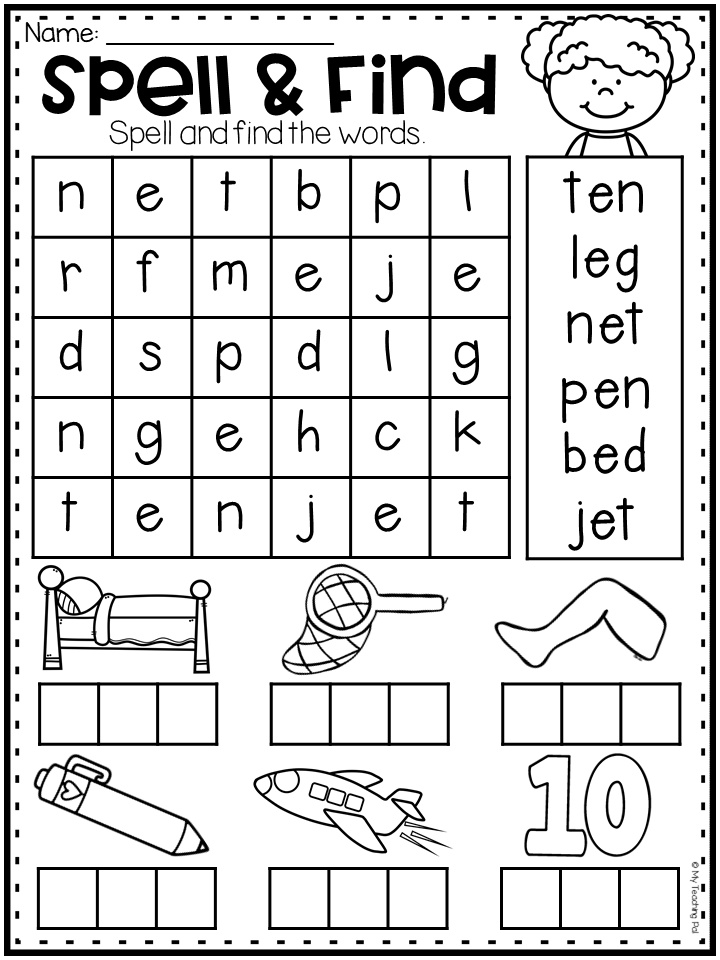 "
"
For example: "I thought of a plant in the middle zone. In ten questions, determine the plant that I thought of."
Themes for "danetok" and possible continuation of the game.
What vegetable did I have in mind?
- Is it a root vegetable? (Carrot, beet, radish)
- Is it a leafy vegetable? (Cabbage, lettuce)
- Is it a fruit vegetable? (Tomatoes, cucumbers)
What name did I think of?
- Is it a male name?
- Does the name begin with a vowel?
- Is there such a name in our group?
What piece of clothing did I have in mind?
- Is this outerwear?
- Are these men's clothes?
What fairy tale did I have in mind?
- Is this a Russian fairy tale?
What historical figure did I have in mind?
- Is this a man?
What must I do in the morning?
What color do I have in mind?
What property of ice cream, light bulb, watermelon, pencil did I guess?
What country did I have in mind?
What kind of writer, storyteller, poet, scientist did I have in mind?
What famous battle did I have in mind?
"Black box"
Game progress: Children are shown a "black box" or just a bag, briefcase and are asked to guess what is there in 10 questions? Etc.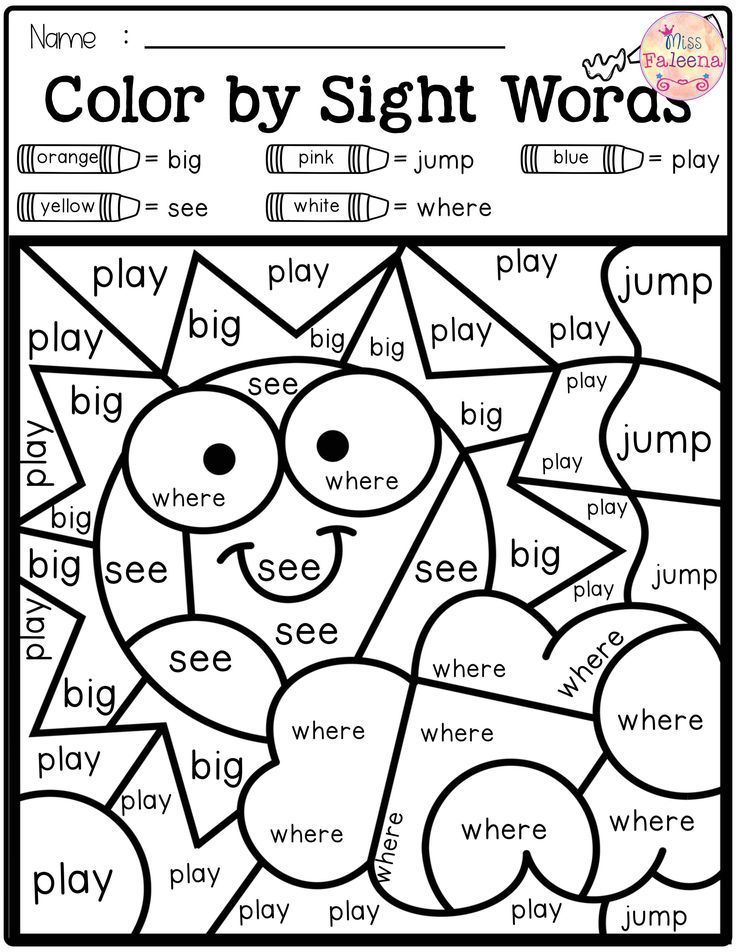
- Is there a man-made object? Is there something soft? Is there something metallic? Etc.
List the items
Game progress: One leader is selected from the group of children. He leaves the room for 2 minutes. At this time, 7 objects are placed on the table in the room and the situation is thought about. For example, children think of the situation "I'm going for a walk", then 7 items of clothing should lie on the table.
The driver is invited, the situation is told to him and he is allowed to inspect the table for 1-2 minutes. Then he turns his back to the table and faces the group of children and starts listing the things on the table. After each correct answer, the group says "Correct!", after the wrong - "Wrong!". If the driver has not listed all the items, the group says which items he forgot.
"Opposite"
Game progress: The leader calls the group of children a word. The task is to name a word denoting the opposite object.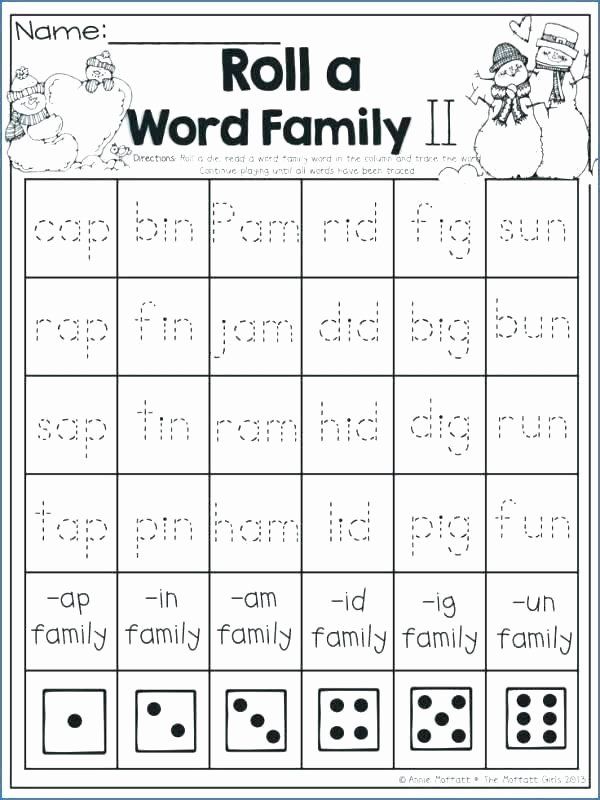
For example, the facilitator says the word "cup". Children can name the following items: "board" (the cup is convex, and the board is straight) , "sun" (the cup is made by a person, and the sun is part of nature) , "water" (water is a filler, and a cup is a shape) etc.
Each child in turn offers his answer and always explains why he chose that particular subject.
"Come up with a riddle"
Game progress: A leader is selected from a group of children. His task is to come up with a riddle. The group must solve this riddle. Then another child comes up with a riddle, and so on. Children of 6 years old love to come up with riddles, the game is lively.
“Who is whom (than) will be?
Game progress: The good thing about the game is that you can play with the company or together with your child anywhere. Ask each other questions, make sure that the baby answers the question correctly.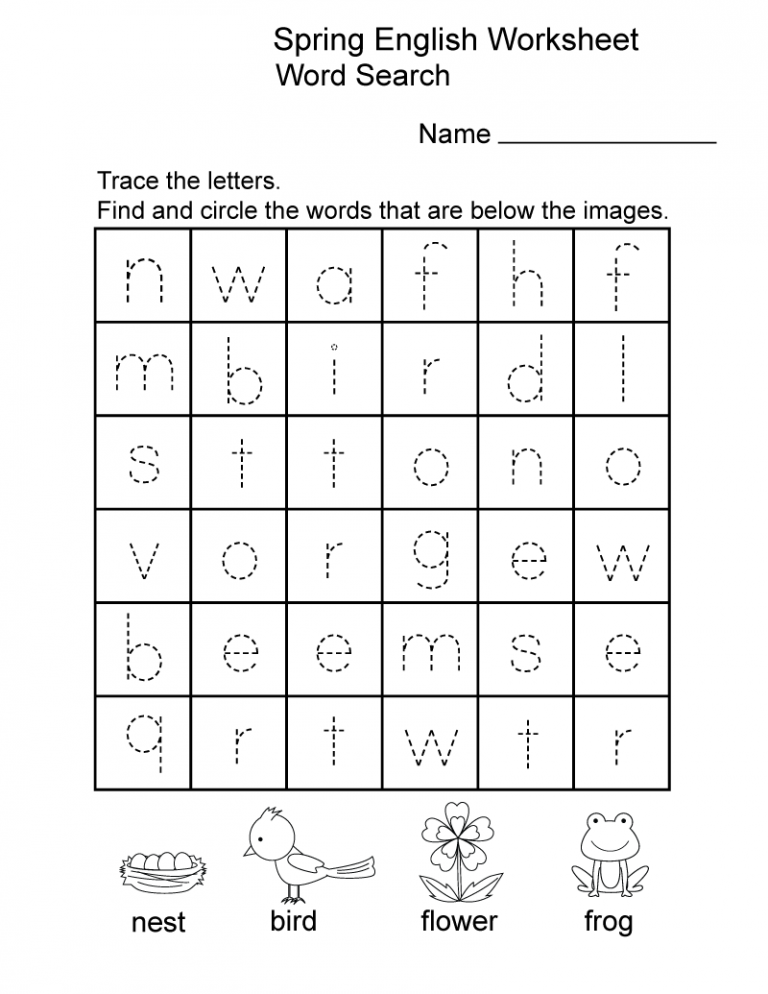
Who will the egg be? (may be a chick, a crocodile, a turtle, a snake.)
- a chicken - a rooster;
- a boy - a man;
- calf - cow or bull - paper - book;
- snow - water;
- water - ice;
- seed - flower;
- flour - pancakes;
etc.
Reverse game: "Who was who?".
- horse - foal
- flower - seed
"Third extra"
Game progress: Adult says three words - owl, crow, fox. The child should quickly analyze these three words in his mind and determine that all three words refer to wildlife, however, an owl and a crow are birds, and a fox is not. Therefore, the fox is superfluous here.
More examples for younger preschoolers:
- milk, juice, bread - all three words mean edible. But they drink milk and juice, but eat bread;
- car, horse, tram;
- hat, scarf, boots;
- rose, birch, tree.
For children aged 5-7 the tasks become more difficult:
- rain, snow, river;
- doctor, tourist, driver;
- shadow, sun, planet;
- frost, blizzard, January;
- stone, clay, glass;
- door, carpet, window;
- sea, river, pool.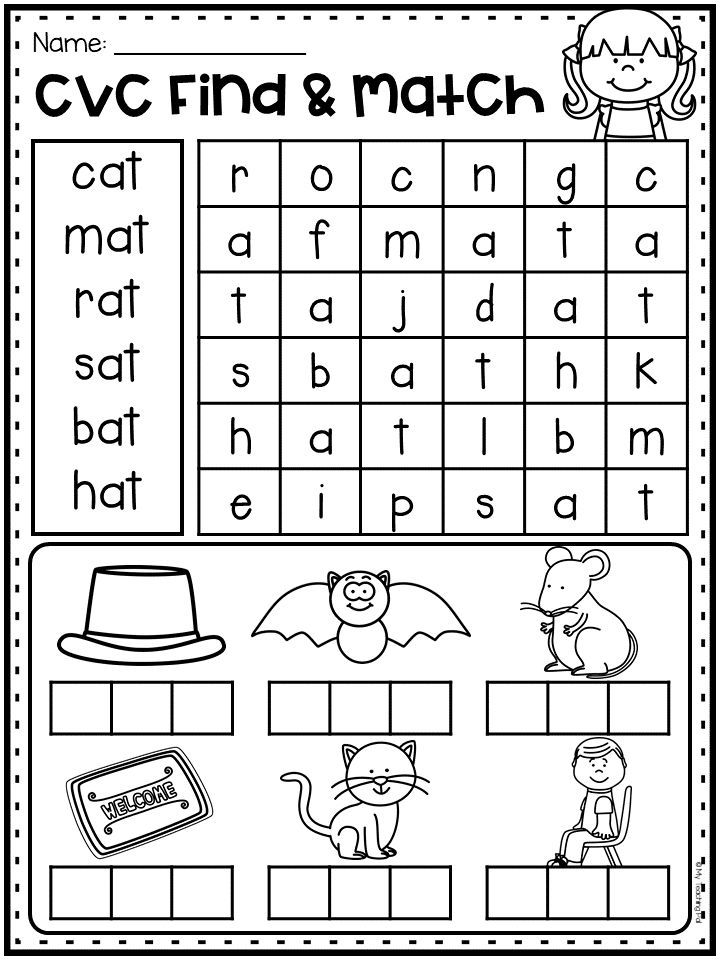
“What happens?”
Game progress: First, the adult asks questions, and the child answers. Then you need to give the child the opportunity to express themselves.
Examples:
- What is high? (tree, pole, man, house) . Here it is appropriate to ask which is higher - a tree or a house; person or pole.
- What is long? (short)
- What is wide (narrow) ?
- What is round (square) ?
A variety of concepts can be included in the game: what is fluffy, soft, hard, sharp, cold, white, black, etc.
“What is outside, what is inside?”
Game progress: The adult names a couple of objects, and the child says what can be outside and what can be inside. House - closet; book - cabinet; purse; wallet-money; pan - porridge; aquarium - fish; booth - dog; nora - fox.
Then switch roles - let the child think of pairs of words.
Who is this?
Game progress:
Option 1: We ask questions: who treats the sick? Who teaches children at school? Who is preparing dinner? Who is working on the tractor? Who delivers letters and newspapers? Who sews the dress?
Option 2: Questions: what does the janitor do? What does the doctor do? What does an electrician do? What does the teacher do? What does the driver do? What does a painter do? What does a hairdresser do?
3rd option: We come up with riddles. For example: this person works on the street, he has a broom, a shovel.
For example: this person works on the street, he has a broom, a shovel.
4th option: "Who needs what?" What does the postman need? What does a hairdresser need? And vice versa: who needs scissors? Who needs a needle?
"Guess the object by its parts"
Game progress: Children name the parts of the object. The first person to guess what it is about gets one point. This option is good because you can play together with your child anywhere. For example, on the way to kindergarten, while waiting in line to see a doctor, etc.
Examples:
Four legs, backrest, seat.
Numbers, arrows.
Letters, pictures, sheets.
Trunk, branches, leaves.
Root, stem, leaves, petals.
Screen, buttons, electric cord, remote control.
Spout, handle, lid, electric cord.
Paws, tail, collar.
Paws, tail, trunk.
Does everything seem too simple at first glance? But in fact, not all children can describe objects.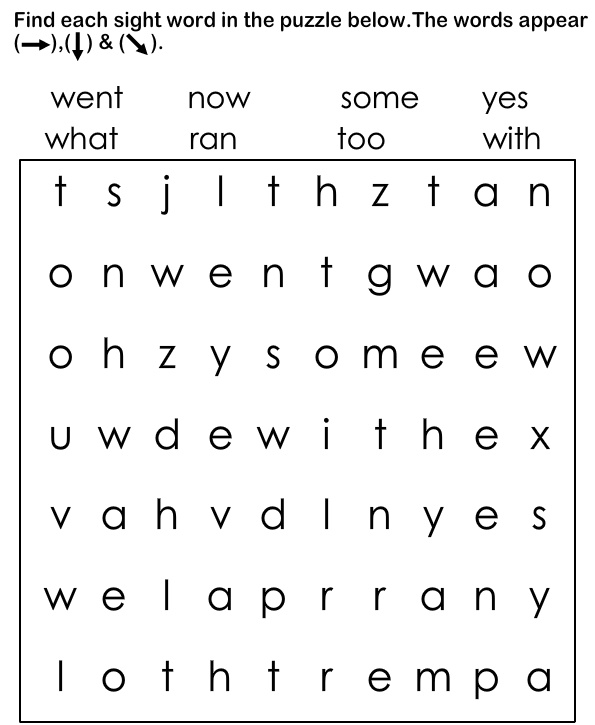 Try it!
Try it!
"Guess the item from the description"
Game progress: Game conditions are the same as in the previous one. But the task here is more difficult. It is necessary not only to find the correct definitions of objects, but also to correctly coordinate adjectives and nouns by gender, as well as to know such concepts as furniture, vegetables, fruits, insects, domestic and wild animals, etc.
Wild animal, lives in the forest , big, shaggy, likes honey.
Wild animal, sly, red, with a fluffy tail.
Insect, with colorful wings, similar to a flower.
Transport, large, heavy, with wings and tail.
Vegetable, red, round, put in salads and soups.
Sweet, small, in a beautiful paper.
“Think and choose!”
Game progress: Now I will read you a proverb, and you try to find a suitable phrase for it that reflects the general meaning of the proverb, for example:
Measure seven times, and cut once
a) If you cut it wrong yourself, then do not blame the scissors
b) Before you do it, you need to think carefully
c) The seller measured seven meters of fabric and cut it off
The right choice here is "Before you do, you need to think carefully"
Example tasks:
1.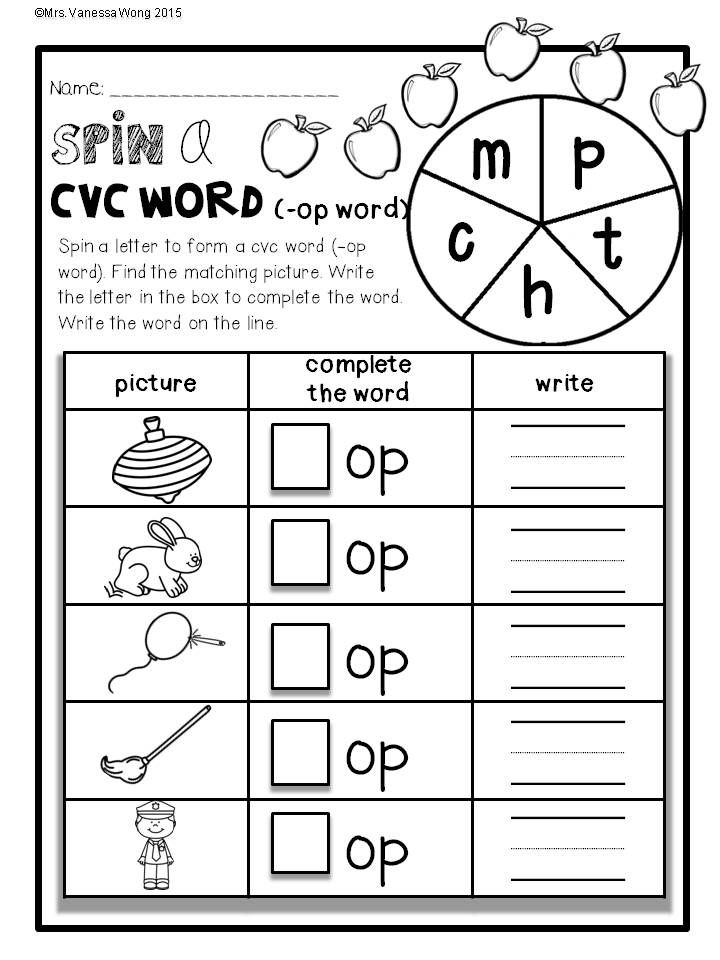 Better less is better.
Better less is better.
a) One good book is more useful to read than seven bad ones.
b) One delicious cake is worth ten bad ones.
c) What matters is not quantity, but quality.
2. If you hurry, you will make people laugh.
a) The clown makes people laugh.
b) To do a job better, you need to think about it well.
c) Haste can lead to ridiculous results.
3. Strike while the iron is hot.
a) A blacksmith forges hot iron.
b) If there are favorable opportunities for business, you should immediately use them.
c) A blacksmith who works slowly often gets more done than one who is in a hurry.
4. There is nothing to blame on the mirror, if the face is crooked.
a) You should not blame the cause of failures on circumstances, if the problem is in yourself.
b) A good quality mirror does not depend on the frame, but on the glass itself.
c) The mirror hangs crooked.
5. The hut is not red in the corners, but red in the pies.
The hut is not red in the corners, but red in the pies.
a) You can't eat pies alone, you have to eat rye bread too.
6) A case is judged by its results.
c) One tasty cake is worth ten bad ones.
6. Done the job - walk boldly.
a) If you did a good job, you can rest.
b) The boy went for a walk.
7. Skilful hands do not know boredom.
a) Petr Ivanovich never gets bored.
b) A master of his craft loves and knows how to work.
8. Don't get into your sleigh.
a) If you don't know the job, don't take it on.
b) In winter they ride on a sleigh, and in summer on a cart.
c) Ride only on your own sleigh.
9. All that glitters is not gold.
a) The copper bracelet shone like gold.
b) Outward brilliance is not always combined with good quality.
c) What seems good to us is not always good.
Gaming activity:
| | | | | in preschool
Word games for preschool children | Card index for the development of speech (senior group) on the topic:
Word games
for children
older preschoolers
What kind of subject?
Purpose: to learn to name an object and describe it.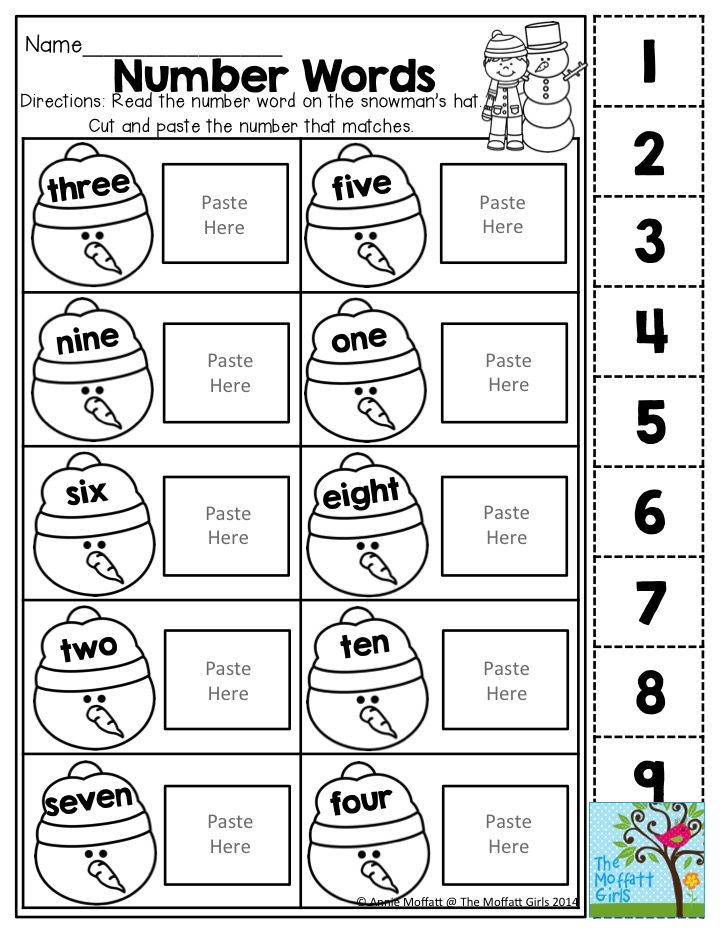
Stroke.
The child takes out an object, a toy, from a wonderful bag, calls it (this is a ball). At first, the teacher describes the toy: “It is round, blue, with a yellow stripe, etc.”
Guess the toy
Purpose: to form in children the ability to find an object, focusing on its main features, description.
Stroke.
3-4 familiar toys are put on display. The teacher reports: he will outline the toy, and the task of the players is to listen and name this object.
Note: 1-2 features are indicated first. If children find it difficult 3-4.
Who will see and name more
Purpose: to learn to designate parts and signs of the appearance of a toy with a word and action.
Stroke.
Educator: Olya doll is our guest. Olya loves to be praised, pay attention to her clothes. We will give the doll pleasure, describe her dress, shoes, socks.
Magpie
Purpose: to correlate the verb with the action it denotes and with the subject who performed this action.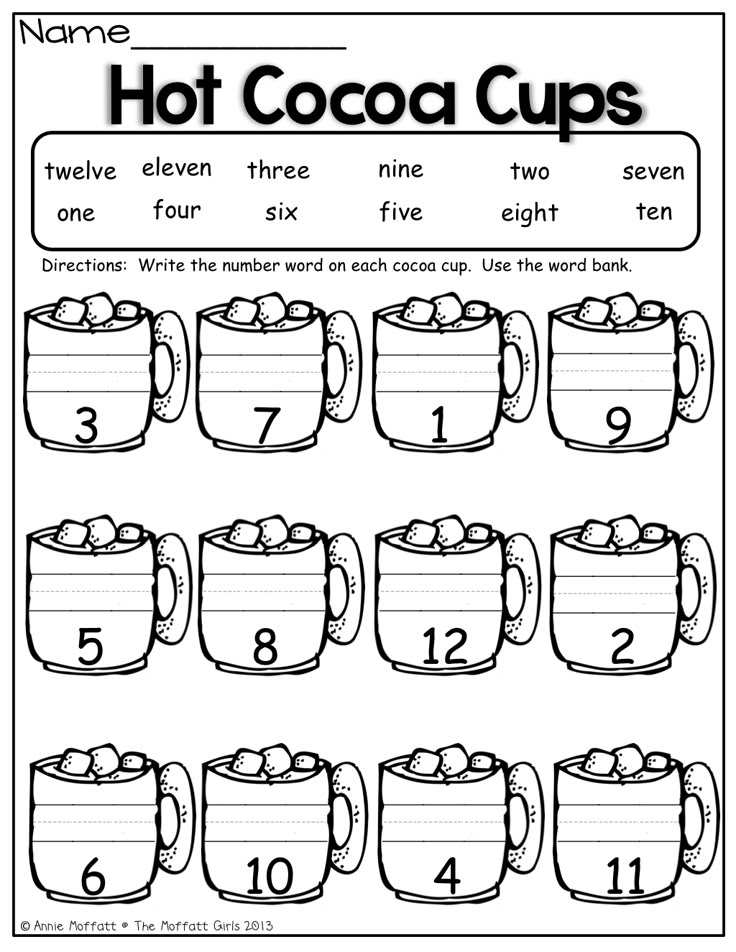
Material: needles, glasses, soap, bell, brush, iron. Brush, broom, toy - bird Magpie.
Stroke.
Educator: While you were at home, a magpie flew into the kindergarten and collected various things in her bag. Let's see what she took
(The teacher lays out the objects)
Next, a dialogue occurs between the children and the magpie:
Children:
Magpie, magpie
Give us the soap
Magpie:
I won't give it, I won't give it back
I'll take your soap
I'll give my shirt to wash.
Children:
Magpie, magpie
Give us the needle!
Magpie:
I won't give it, I won't give it back.
I'll take a needle
I'll sew a shirt for my shirt.
Children:
Magpie, magpie,
Give us glasses
Magpie:
I won't give, I won't give.
I myself have no glasses,
I can't read a shirt of verses.
Children:
Magpie, magpie.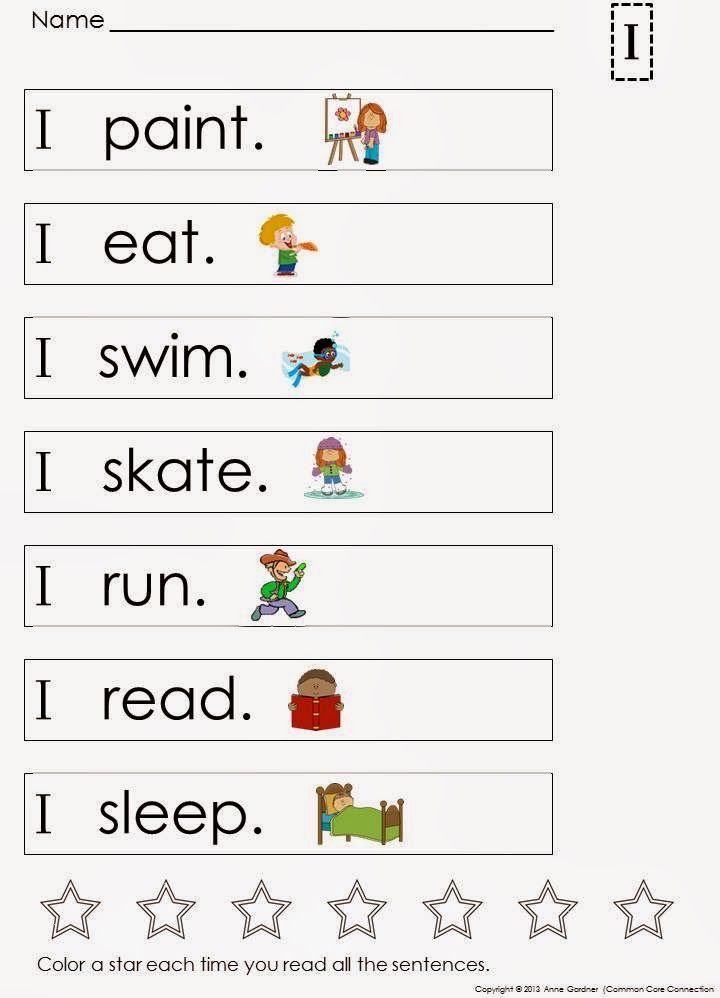
Give us a call.
Magpie:
I won't give it, I won't give it back.
I'll take the bell.
I'll give you a shirt - call me, my son.
Educator:
You, forty, do not hurry
You ask the children.
They will all understand you.
Everything you need will be served.
Teacher:
What do you want to do, magpie? (Clean, iron, paint...)
Educator:
Children, what does a magpie need for this?
(Children call and bring all the items)
Magpie thanks and flies away.
“Name as many objects as you can”
Purpose: to exercise children in the clear pronunciation of words.
Stroke.
The teacher invites the children to look around themselves and name as many objects that surround them as possible (name only those that are in their field of vision)
The teacher makes sure that the children pronounce the words correctly and clearly, do not repeat. When the kids can no longer name anything themselves, the teacher can ask them leading questions: “What is hanging on the wall?” etc.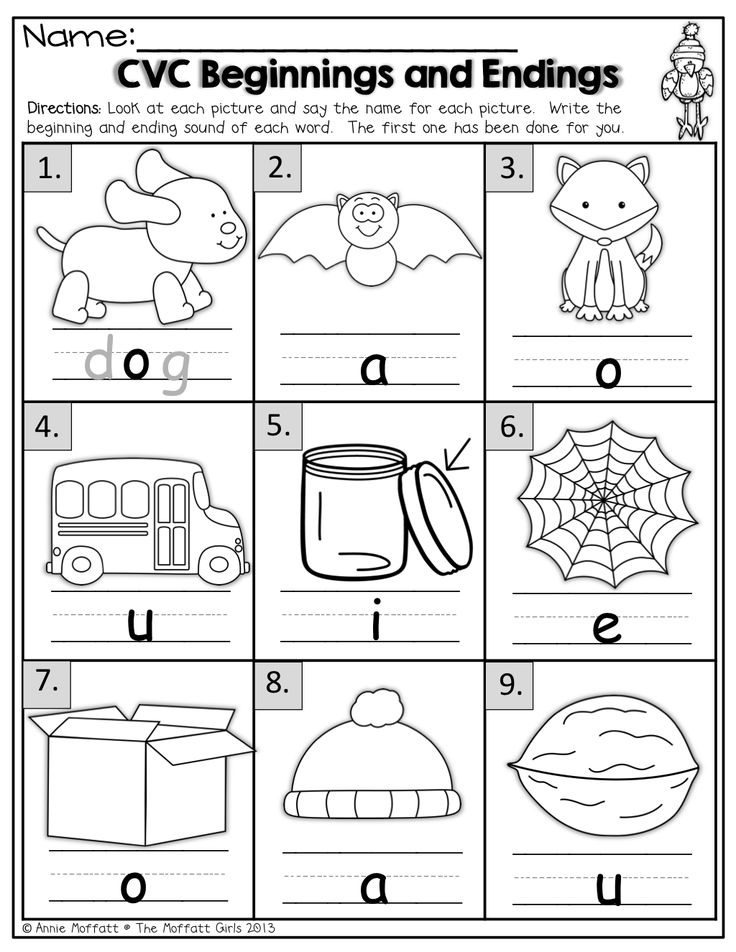
Olya's helpers
Purpose: to form a plural form. Numbers of verbs.
Material: Olya doll.
Stroke.
- Olya doll came to us with her assistants. I'll show them to you, and you can guess who these assistants are and what they help Olya to do.
The doll is walking on the table. The teacher points to her feet.
- What is it? (These are legs)
- They are Olya's helpers. What are they doing? (They walk, jump, dance, etc.)
Then they point to other parts of the body and ask similar questions, the children answer (take hands, draw ...; teeth chew, bite, gnaw ...; eyes look, blink ...)
"Colorful chest"
Purpose: to teach children, when agreeing neuter (feminine) nouns with a pronoun, to focus on the end of the word.
Material: box, subject pictures according to the number of children.
Stroke.
Educator:
I put the pictures
In a colorful box.
Come on, Ira, take a look,
Take out the picture, name it.
Children take out a picture and say what it shows.
"Tell me which one?"
Purpose: To teach children to distinguish the signs of an object.
Stroke.
The teacher (or child) takes out objects from the box, names them, and the children point out any sign of this object.
If the children find it difficult, the teacher helps: “This is a cube. What is he?
"Magic Cube"
Game material: cubes with pictures on each side.
Rules of the game. The child rolls the dice. Then he must depict what is drawn on the upper face and pronounce the corresponding sound.
Stroke.
The child, together with the teacher, says: “Twist, turn, lie down on the side”, and rolls the die. On the top face - for example, an airplane. The teacher asks: "What is it?" and asks to imitate the rumble of an airplane.
Other faces of the die are played in the same way
“Unusual song”
Rules of the game. The child sings vowel sounds to the motive of any melody familiar to him.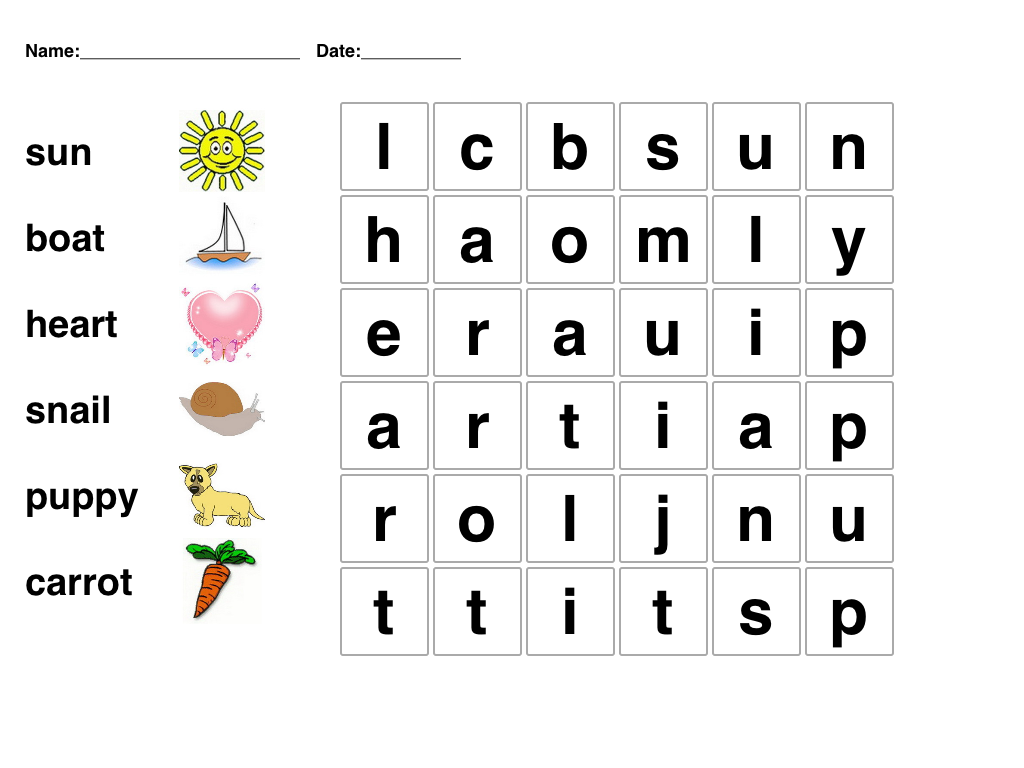
Stroke.
Educator. One day, beetles, butterflies and grasshoppers argued who would sing a song best of all. Big, fat beetles came out first. They sang importantly: O-O-O. (Children sing a melody to the sound O). Then the butterflies fluttered out. They sang a song loudly and cheerfully. (Children perform the same melody, but to the sound A). Grasshopper musicians were the last to come out, they played violins - E-I-I. (Children sing the same melody to the sound I). Then everyone came out into the clearing and began to chant with words. And immediately all the beetles, butterflies, grasshoppers realized that our girls and boys sing best of all.
"Echo"
Rules of the game. The teacher loudly pronounces any vowel sound, and the child repeats it, but quietly.
Stroke.
The teacher says loudly: A-A-A. the echo child quietly answers: ahhh. And so on. You can also use a combination of vowel sounds: ay, wah, ea, etc.
"Gardener and flowers"
Purpose: to consolidate children's knowledge about flowers (wild berries, fruits, etc.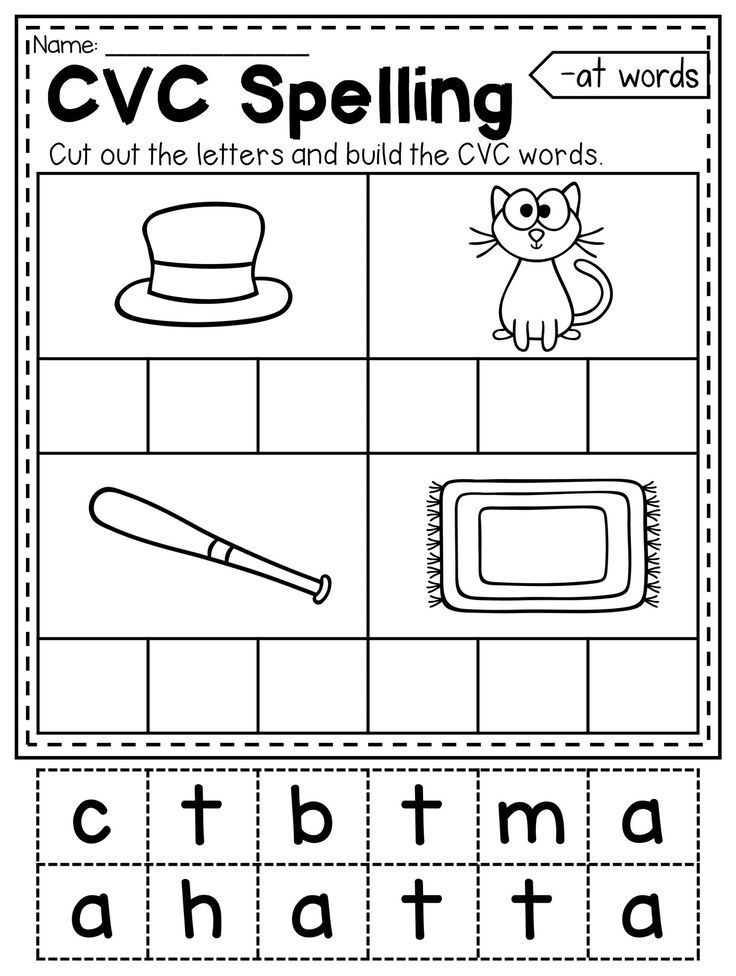 )
)
Move.
Five or six players sit on chairs arranged in a circle. This is flowers. They all have a name (you can have the players choose a flower picture; you can’t show it to the host). The leading gardener says: “I haven’t seen a wonderful white flower with a yellow eye that looks like a small sun for so long, I haven’t seen a chamomile.” Chamomile stands up and takes a step forward. Chamomile, bowing to the gardener, says: “Thank you, dear gardener. I'm glad you wanted to take a look at me." Chamomile sits on another chair. The game continues until the gardener has listed all the flowers.
The content of this game can be easily changed: "Gardener and fruit trees", "Forest man and wild berries", "Animal trainer and his animals", etc.
“Who will name more actions”
Purpose: to actively use verbs in speech, forming various verb forms.
Material. Pictures: clothes, plane, doll, dog, sun, rain, snow.
Stroke.
Neumeyka comes and brings pictures.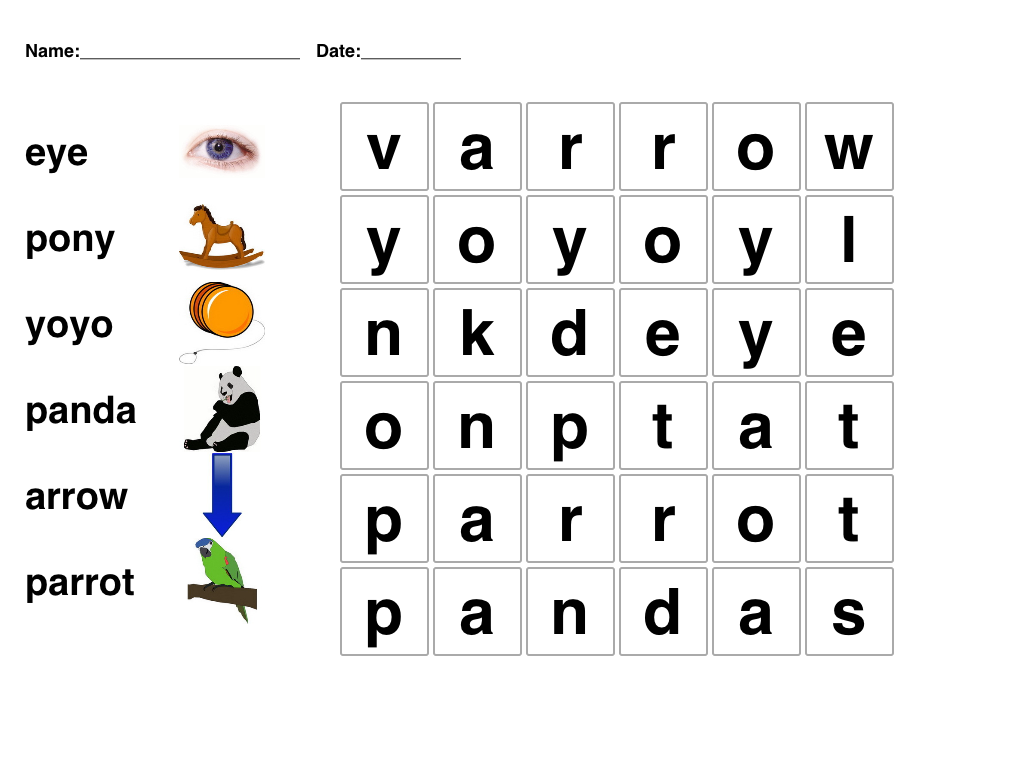 The task of children is to pick up words that denote actions related to objects or phenomena depicted in the pictures.
The task of children is to pick up words that denote actions related to objects or phenomena depicted in the pictures.
For example:
- What can you say about the plane? (flies, buzzes, rises)
- What can be done with clothes? (wash, iron, sew up)
- What can you say about the rain? (walks, drips, pours, drizzles, knocks on the roof)
Etc.
"Kids and Wolf"
Purpose. End the story at its beginning.
Material. Flannelgraph and attributes for the fairy tale "Goat with kids", bunny
Hod.
The teacher tells the beginning of the tale, demonstrating the figures of the characters.
- Listen to what happened next: The goat went back to the forest. The goats were left alone at home. Suddenly there was a knock on the door again. The kids got scared and hid. And it was a small one /show/… (Children agree: bunny)
Educator: bunny says….
Children: don't be afraid of me, it's me, a little bunny.
Educator: The goats treated him….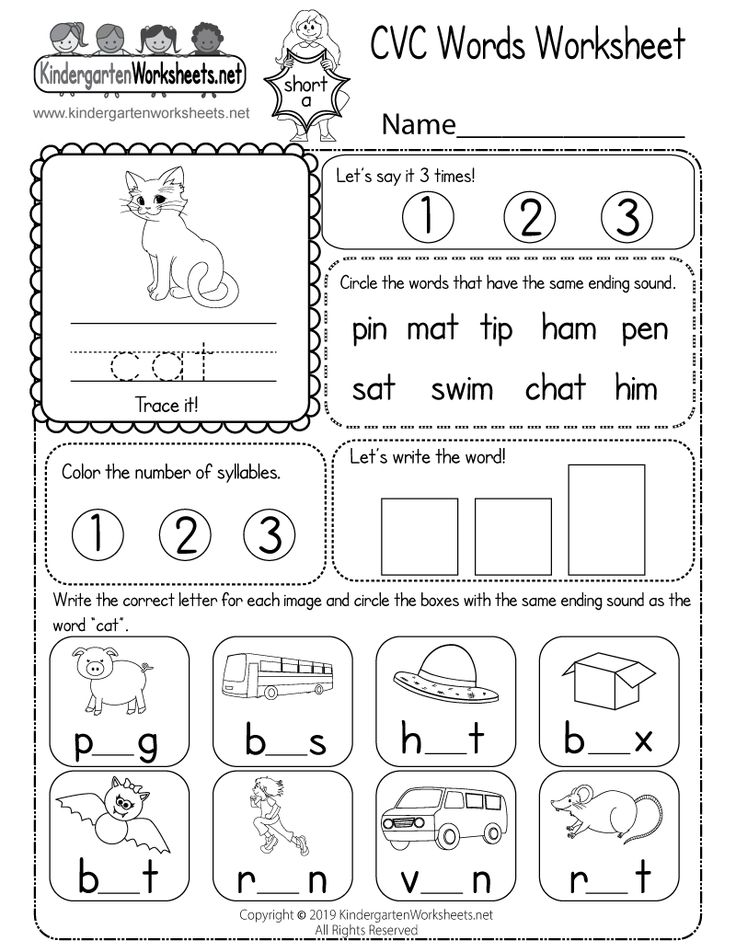
Children: carrots, cabbages…
Educator: then they became…
Etc.
Wake up the cat
Target. Activate the name of animal cubs in the speech of children.
Material. Animal costume elements (hat)
Move.
One of the children gets the role of a cat. He sits down, closing his eyes (as if sleeping), on a chair in the center of the circle, and the rest, choosing the role of any animal cub at will, form a circle. The one whom the teacher points out with a gesture gives a voice (makes an onomatopoeia corresponding to the character).
The task of the cat: name who woke him up (cockerel, frog, etc.). If the character is named correctly, the performers switch places and the game continues.
Veterok
Purpose. Development of phonemic hearing.
Stroke.
Children stand in a circle. The teacher makes different sounds. If you hear a sound such as y, raise your arms and circle slowly.
Sounds are pronounced y, and, a, o, y, and, y, a.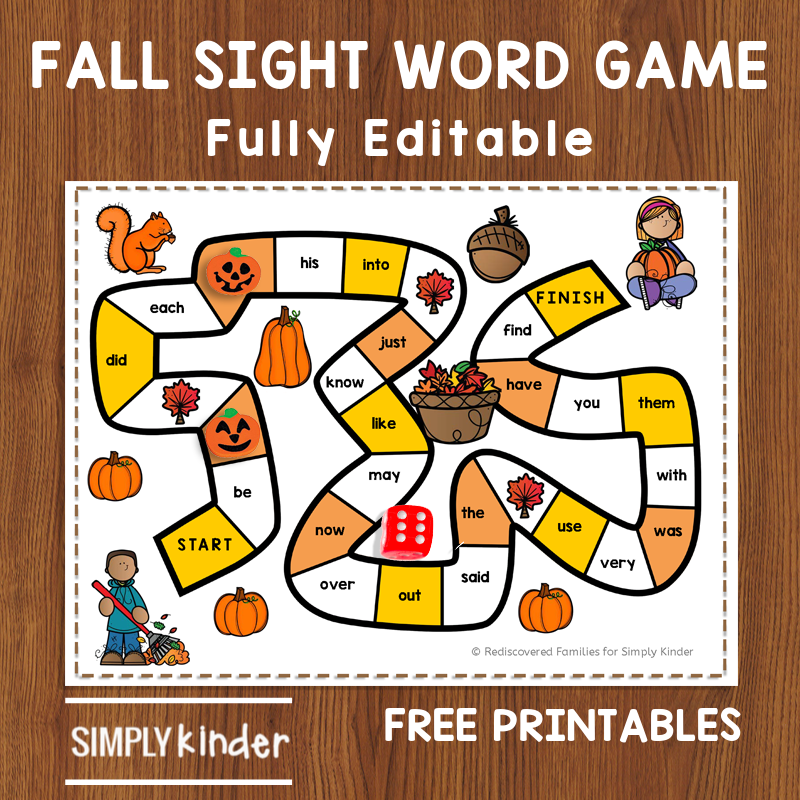 Children, having heard the sound y, make the appropriate movements
Children, having heard the sound y, make the appropriate movements
"Pinocchio-traveler"
Purpose. Focus on the meaning of verbs.
Material. Pinocchio doll.
Stroke.
Pinocchio is a traveller. He travels to many kindergartens. He will tell about his travels, and you will guess which rooms of the kindergarten or on the street he visited.
- I went into the room where the children roll up their sleeves, soap their hands, and dry themselves.
- They yawn, rest, sleep ...
- They dance, sing, whirl ...
Pinocchio was in kindergarten when the children:
- come, say hello ... (When does this happen?)
- have lunch, thank you ...
- getting dressed, saying goodbye...
- making a snowman, sledging
"Hide and Seek"
Purpose. Formation of the morphological aspect of speech. Bring children to the understanding of prepositions and adverbs that have a spatial meaning (in, on, behind, under, near, between, next to, left, right)
Material.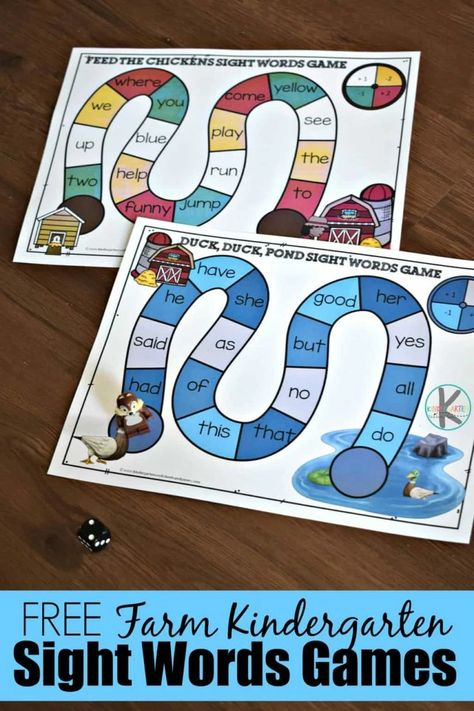 Small toys.
Small toys.
Stroke.
The educator hides the toys made in advance in different places of the group room, and then, having gathered the children around him. He informs them: “I was informed that uninvited guests settled in our group. The tracker who was watching them writes that someone hid in the upper right drawer of the desk. Who will go looking? Good. Found? Well done! And someone hid in the corner of the toys, behind the closet (Search). Someone under the doll's bed; someone on the table; that stands to my right"
T.O. the children look for all the uninvited guests, hide them in a box and agree that they will play hide and seek again with their help.
"The postman brought a postcard"
Purpose. To teach children to form verb forms in the present tense (draws, dances, runs, jumps, laps, waters, meows, barks, strokes, drums, etc.)
Material. Postcards depicting people and animals performing various activities.
Stroke.
The game is played with a small subgroup.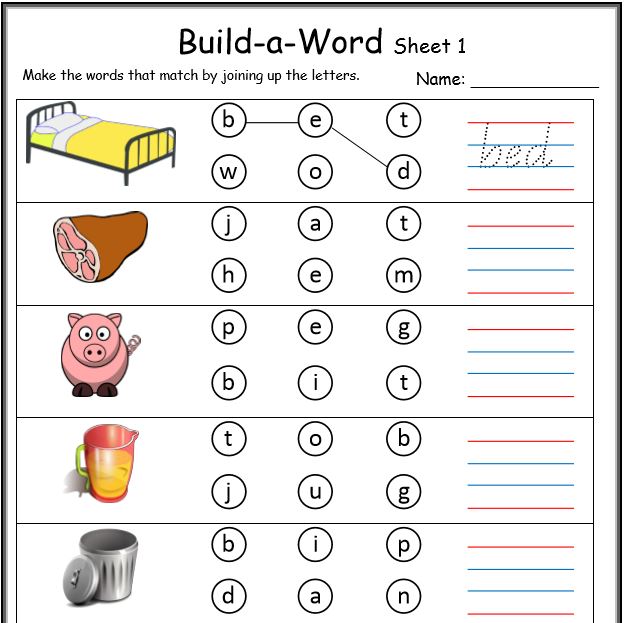
Someone knocks on the door.
Educator: Guys, the postman brought us postcards. Now we will consider them together. Who is on this postcard? That's right, Mishka. What is he doing? Yes, drumming. This postcard is addressed to Olya. Olya, remember your postcard. This postcard is addressed to Pasha. Who is pictured here? What does he do? And, you, Petya, remember your postcard.
T.O. 4-5 pieces are considered. And those to whom they are addressed must correctly name the actions of the character and remember the image.
Teacher: Now I will check if you remember your postcards? Snowmen are dancing. Whose postcard is this? Etc.
"Finish the sentence"
Purpose: use of complex sentences)
· Mom put the bread... where? (to the breadbasket)
· Brother poured sugar... where? (to the sugar bowl)
· Grandmother made a delicious salad and put it... where? (to the salad bowl)
· Dad brought sweets and put them ... where? (in candy bowl)
Marina didn't go to school today because.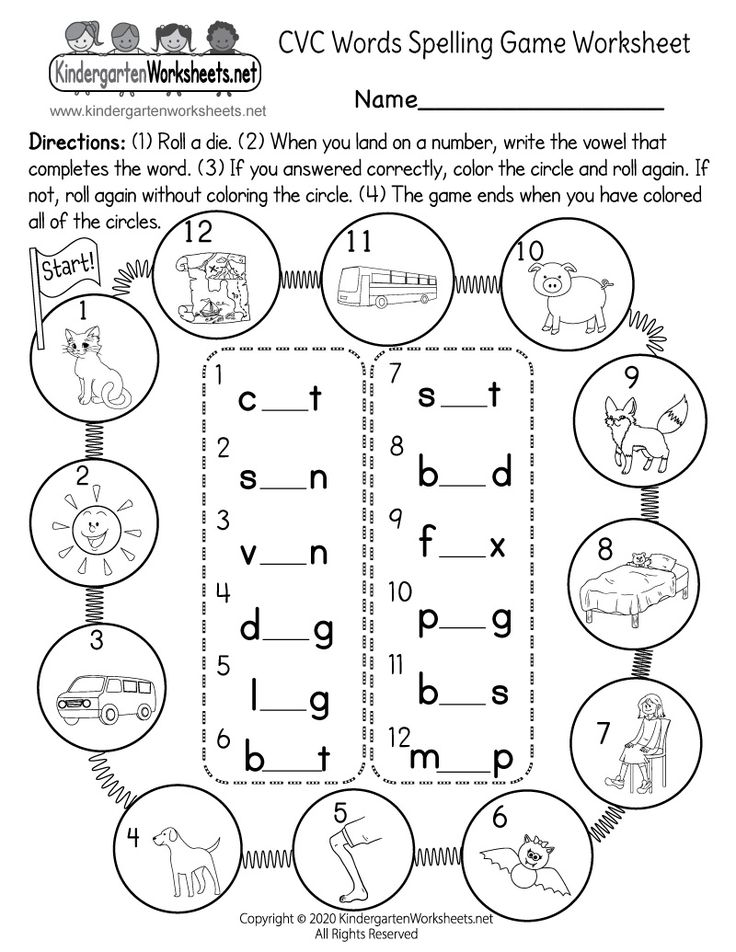 .. (fell ill)
.. (fell ill)
We turned on the heaters because... (it got cold)
I don't want to sleep because... (it's still early)
· We will go to the forest tomorrow if... (weather is fine)
· Mother went to the market to... (buy groceries)
· The cat climbed a tree to... (to save the dogs) )
"Mode of the day"
8-10 plot or schematic pictures about the daily routine. Offer to consider, and then arrange in a certain sequence and explain.
"Who wants a treat?"
Purpose: the use of difficult forms of nouns
The teacher says that there are gifts for animals in the basket, but is afraid to confuse someone with what. Asks for help. Pictures depicting a bear, birds - geese, chickens, swans, horses, wolves, foxes, lynxes, monkeys, kangaroos, giraffes, elephants are offered. Who wants honey? Who is the grain for? Who needs meat? Who wants fruit?
"Name three words"
Purpose: vocabulary activation
Children line up.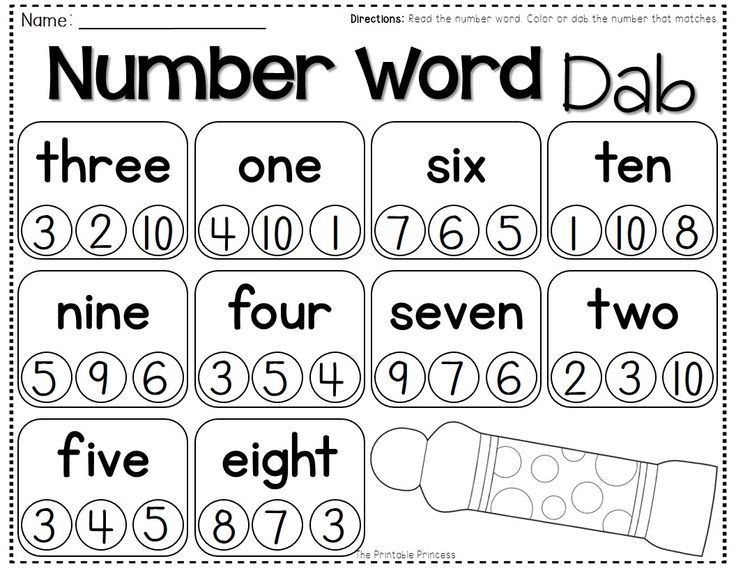 Each participant is asked a question in turn. It is necessary, taking three steps forward, to give three words-answers with each step, without slowing down the pace of walking.
Each participant is asked a question in turn. It is necessary, taking three steps forward, to give three words-answers with each step, without slowing down the pace of walking.
· What can I buy? (dress, suit, trousers)
· What can be cooked? What can be read? What can you draw? What can fly? What can float? What (who) can jump? Etc.
"Who wants to be what?"
Purpose: the use of difficult forms of the verb
Children are offered plot pictures depicting labor actions. What are the boys doing? (The boys want to make a model airplane) What do they want to be? (They want to become pilots). Children are invited to come up with a sentence with the word want or want.
"Zoo"
Purpose: development of coherent speech.
Children sit in a circle, each receiving a picture without showing them to each other. Everyone should describe their animal, without naming it, according to the following plan:
1. Appearance;
2. What does he eat.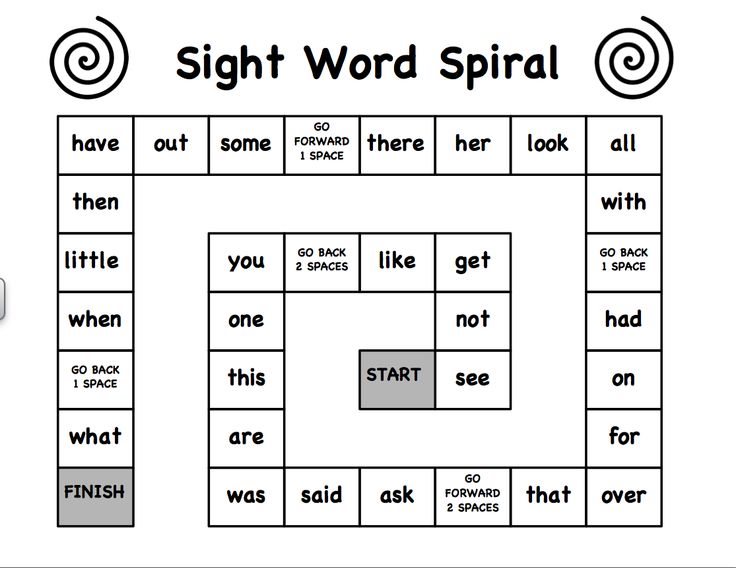
The "game clock" is used for the game. Turn the arrow first. Whom she points to, he begins the story. Then, by rotating the arrows, it is determined who should guess the described animal.
"Compare items"
Purpose: development of observation, specification of the vocabulary due to the names
details and parts of objects, their qualities).
In the game, you can use both things and toys that are the same in name, but differ in some features or details, as well as paired subject pictures. For example, two buckets, two aprons, two shirts, two spoons, etc.
An adult reports that a package has been sent to the kindergarten. What is this? Gets things. "Now we will consider them carefully. I will talk about one thing, and one of you - about another. We will tell in turn."
For example:
| Adult: "I have a smart apron." | Child: "I have a work apron. |

